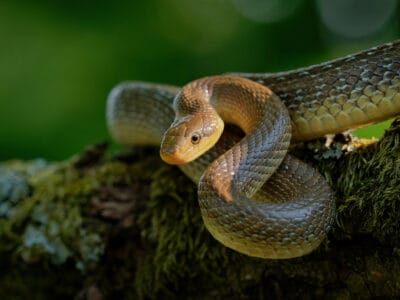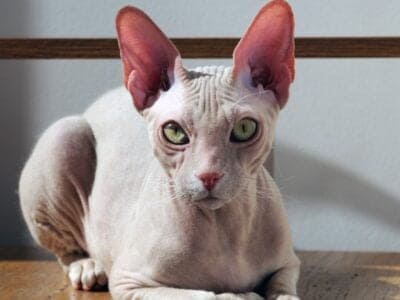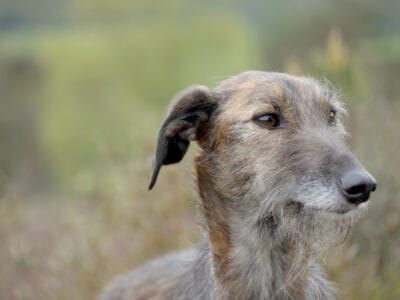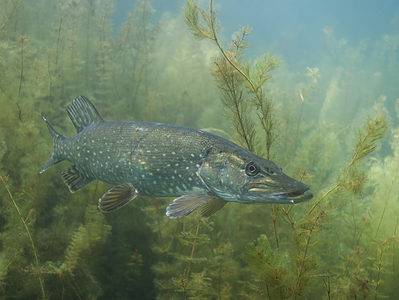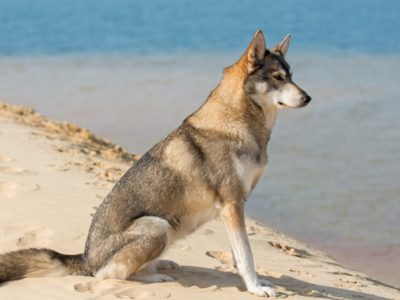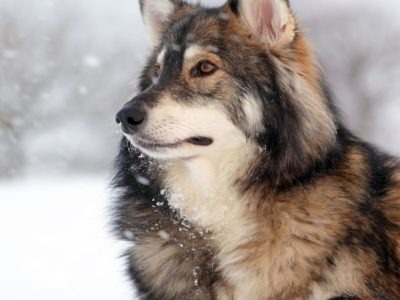Below you can find a complete list of British animals. We currently track 375 animals in the United Kingdom and are adding more every day!
The United Kingdom, called the U.K. or Britain for short, is a European island nation. The U.K. is comprised of the countries of England, Scotland, Wales and Northern Ireland. It is a chain of large and small islands with coasts, forests, hills, and lowlands that are home to many interesting wild animals.
The climate in the United Kingdom is mostly temperate with high levels of rain and medium sunlight. There are more extreme conditions in the Scotish Highlands with some areas of subarctic conditions and even a sub-tropical region in the Isles of Scilly. This wide range of environments spaning four countries with their own rich cultures make the U.K a garden of flora and fauna unique among the wonders of the world.
Keep reading to discover the unique and sometimes rare types of animals in Britain.
Wildlife in the United Kingdom
Many people around the world have become familiar with Britain’s unique wildlife through popular children’s literature. Beatrix Potter, the author of Peter Rabbit, for example, was born in London. She wrote about the animals she knew – rabbits, ducks, badgers, frogs, hedgehogs, squirrels, moles, mice, foxes, and domestic animals such as pigs, guinea pigs, and cats. Hedgehogs are native to the U.K and can be seen in gardens across the island. ©KAMONRAT/Shutterstock.com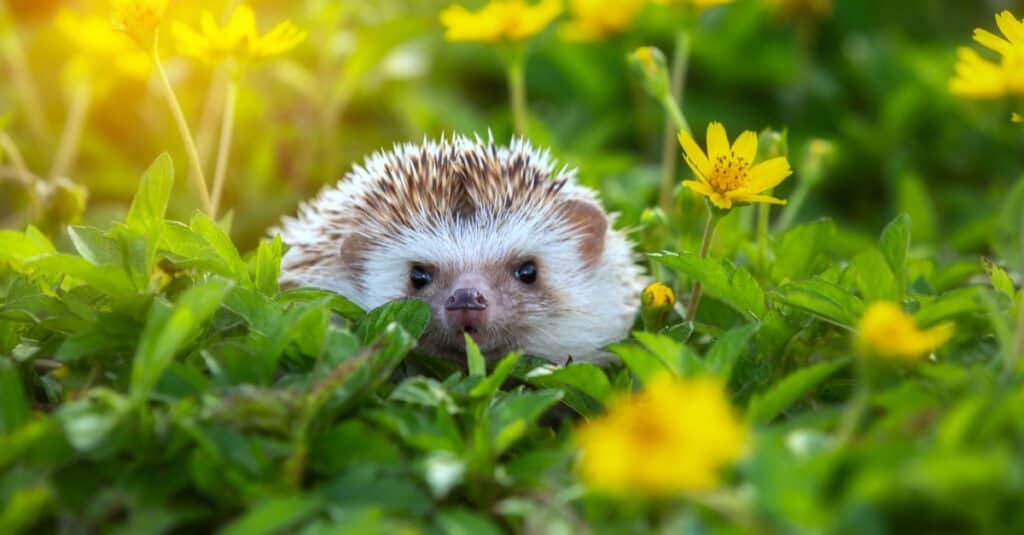
All of these animals are iconic among the types of animals in Great Britain. In the past, there were also large mammals roaming the islands including herds of deer. Conservation efforts strive to reintroduce species and support those that have been in decline for the past century. The lion, although extinct in the U.K., appears on the royal coat of arms and is the national wild animal. ©Studio DMM Photography, Design & Art/Shutterstock.com
The Official National Animal of the United Kingdom
The lion is the national wild animal of the United Kingdom, symbolizing courage, strength, dignity, and pride. Along with the unicorn, it appears on the royal coat of arms. Interestingly, cave lions lived in the United Kingdom thousands of years ago but have long been extinct.

English bulldog posing on the field.
©ltummy/Shutterstock.com
The bulldog is also one of the United Kingdom’s national animals representing tenacity because the dogs, in their original roles as bullfighters, showed courage and determination. Winston Churchill, during World War II, was nicknamed “the British Bulldog.” This was partially because he did favor the bulldog, with his jowly face but he was also revered for refusing to give up – just like the brave dog.
Where to Find the Top Wild Animals
Most of the United Kingdom’s favorite animals can be found in parks and backyards across the country. There are also more than 200 National Nature Reserves, nearly 50 zoos, and a number of safari parks.

River otters are a popular attraction in East Devon.
©iStock.com/Mirko_Rosenau
You can see badgers at a farm called Badger Watch Dorset near the southern coast. Beavers are known in three locations – in the south, River Otter in East Devon; in the north, the Scottish Beaver Trial in Knapdale Forest; and in the east, the River Tray.
Native Birds
Whether traveling to urban hotspots or natural preserves, the U.K. is chock-full of wildlife, particularly avifauna migrating between European and African countries or residing permanently in the island nation. According to the British Trust for Ornithology, around 619 bird species make their home here. Some of the most popular places for birdwatching within the U.K. include Minsmere, Farne Islands, Isle of Mull, Loch Garten, and Snettisham. Here is more detail about each of these magnificent safe havens.
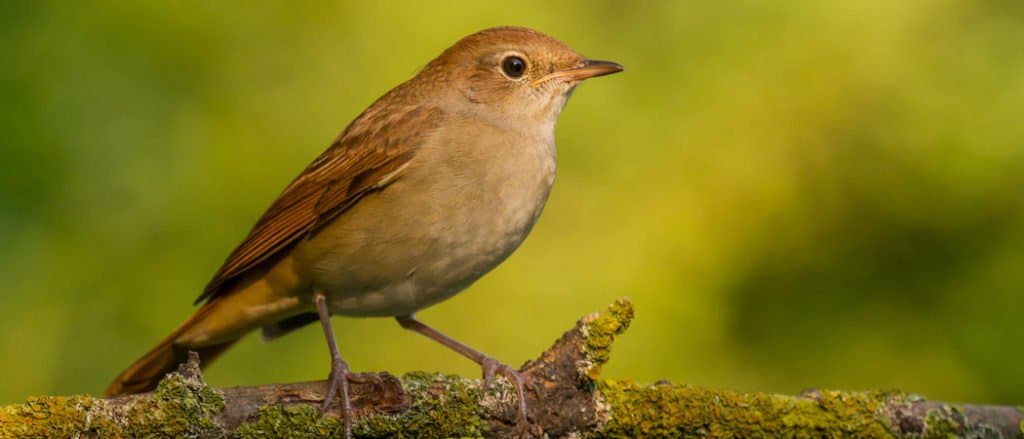
The songs of the
nightingale
can be heard in the woodlands of the Minsmere Nature Reserve.
©Ujhelyi/Shutterstock.com
- Minsmere (Suffolk) – Minsmere Nature Reserve is an excellent spot for spotting many bird species among its different habitats. Spring is the best time for hearing nightingale songs in nearby woodlands. In June, coastal lagoons and reed beds are filled with migratory wading birds, such as pied avocets, ruffs, spotted redshanks, and little stints, while bitterns and bearded tits flit overhead. Short-eared owls keep watch over lowland heaths, looking for prey.
- Farne Islands (Northumberland) – The lack of human inhabitancy on the islands provides peace and security for resident seabirds of the Farne Islands. Most notably, puffins burrow the shores and breed between May and July, aggregating into 37,000 pairs flocked together. Other species roam the island, including guillemots, Arctic terns, and eider ducks.
- Isle of Mull (Argyll and Bute) – Unique environments provide the opportunity to see rare and beautiful avifauna on the island, including golden eagles and white-tailed sea eagles (reintroduced). Eagle sightings are most likely at Glen Seilisdeir. Mountains, marshes, moorland, and lochs attract migratory waders, such as snipes, shelducks, whooper swans, and goldeneyes.
- Loch Garten (Scottish Highlands) – The distinctive pine forest of the Loch Garten Nature Center is home to rare species, such as the woodland grouse, crested tit, Scottish crossbill, and capercaillie. In spring and summer, the main attraction is the pair of osprey who annually return to the center for the breeding season. Migratory species, including greylag and pink-footed geese, return in autumn, a spectacular time to visit.
- Snettisham (Norfolk) – The Nature Reserve’s salt marshes, mudflats, and coastal lagoons offer birders an easy view of the thousands of different species residing or visiting the area. Around 40,000 pink-footed geese arrive during winter, along with brent. Birds such as oystercatchers, knots, bar-tailed godwits, and dunlin wade the marshes from late summer onward.
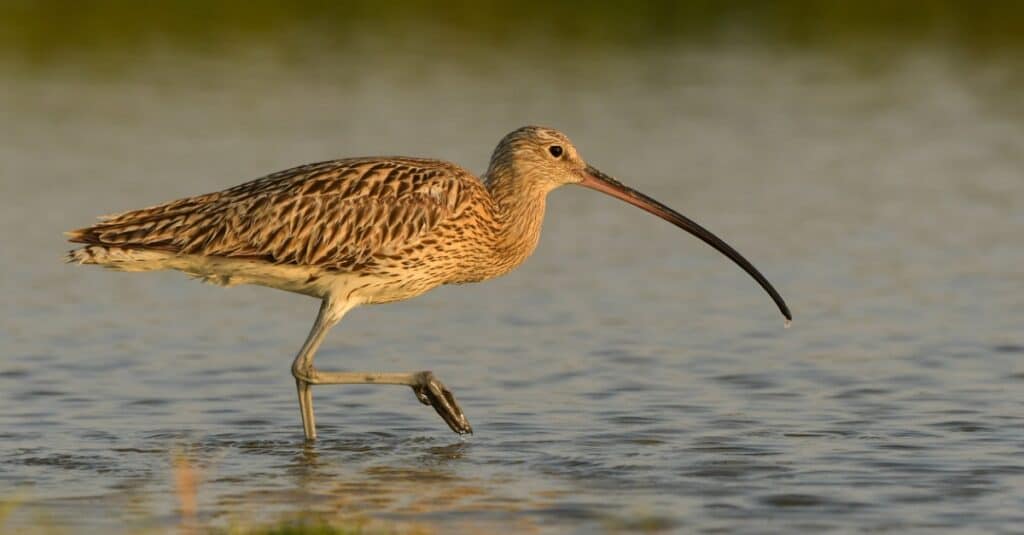
The native curlew has become a rare sight in the United Kingdom.
©iStock.com/SzymonBartosz
Ultimately, fall and winter are the best times to visit for birdwatching in the U.K., as it is easy to spot unique migratory birds as well as local species. Many of these species, including the native curlew, are vulnerable or endangered, so maintaining a respectful distance and presence is necessary.
Native Fish
No stranger to water, the United Kingdom is the perfect destination for fishermen – sport or recreational. It is almost impossible to choose where to begin a fishing journey, so listed are a few favorite spots for a good time on the water and off!
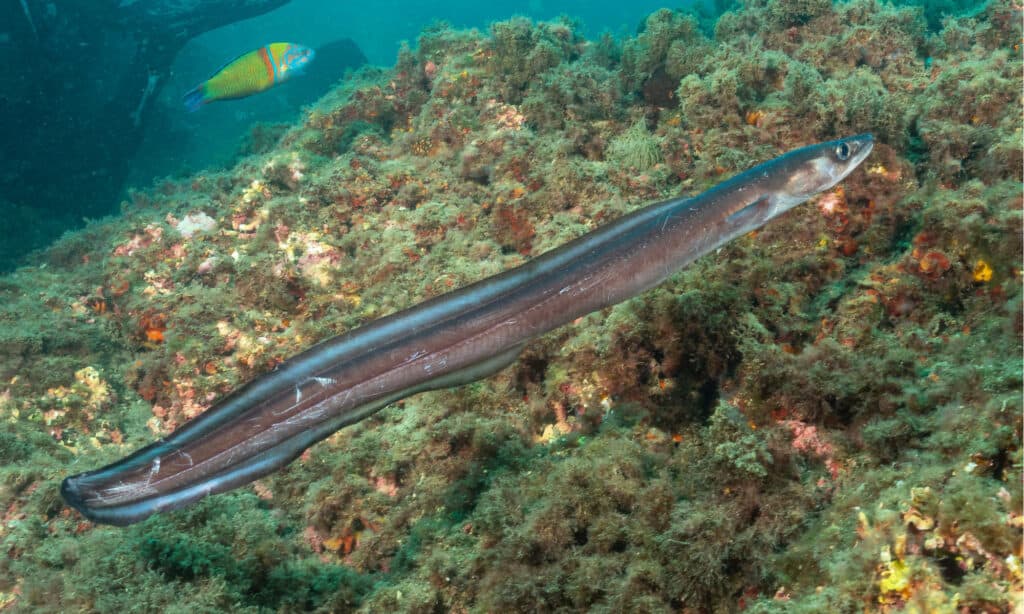
Conger eels are a favorite catch in Brighton.
©Jesus Cobaleda/Shutterstock.com
- Brighton (Sussex) – Polluck, cod, ling, conger eels, sole, dab, plaice, mackerel, red mullet, smooth-hound sharks
- Great Yarmouth (Norfolk) – Pike, carp, bream, roach, rudd, perch, tench
- Perth (Central Scotland) – Salmon, brown trout
- Bournemouth (Dorset) – Pollock, bream, wrasse, whiting, pike, barbel, carp, salmon, sea trout
- Ramsgate (Kent) – Cod, pollock, rays, plaice, tope sharks, eels, wrasse, pouting
Only a few out of many towns with excellent fishing options, the U.K. is a perfect spot to find fishing of all kinds – sea, freshwater – even coarse fishing.
Native Snakes
Surprising to the diversity of wildlife in the U.K., only three species of snake inhabit the island nation; however, some may argue four. Out of these species, only the adder is venomous. The other two definite species are grass snakes and smooth snakes. The argued fourth is the slow worm, technically a legless lizard rather than a snake. In order to tell these snakes apart, here are some identifying features:
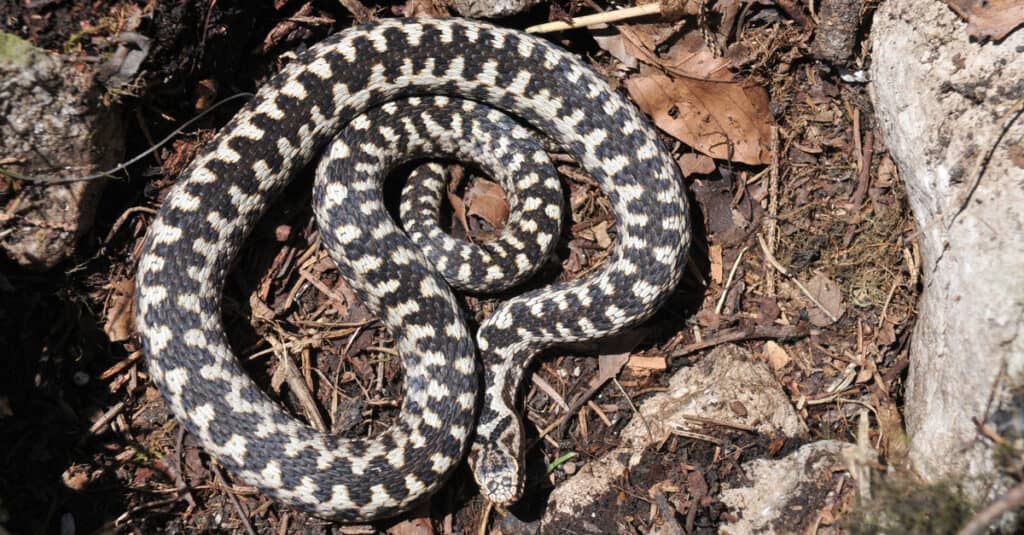
European adders are the only venomous snake in Britain.
©/Shutterstock.com
- Adders: Greyish coloration with distinct zig-zag dorsal pattern and red eyes. Reside in heathland, moorland, and woodland areas.
- Grass snake: Green with a yellow and black collar, dark lateral markings, and a pale underbelly. These long snakes are found mainly in wetlands or grasslands but possibly in backyard gardens, as well.
- Smooth snake: Similar coloration and patterns to adders but less defined and lighter in color. Grey or dark brown, these rare snakes blend in well with the heathlands they inhabit.
Largest Animal in the United Kingdom
Known as the majestic monarch of the glen, the red deer is the largest land mammal in the United Kingdom and one of the largest deer in the world. The most distinctive characteristic of the male, or stag, is their rack of magnificent branched antlers which can measure up to a metre in width and weigh as much as 15kg. Seeing a red stag is considered to be a sign of good luck and prosperity coming your way. The red deer is the largest land mammal in the United Kingdom.
©iStock.com/JMrocek
Sporting dark russet-brown fur, red deer live on moorland and mountainsides as well as grasslands near woodlands. These large animals eat grasses, sedges, rushes and heather. They are most commonly seen in the Scotish Highlands and islands.
The Most Dangerous Animals in the United Kingdom Today
The adder is the only venomous snake in Britain. Other deadly animals include bees, wasps, and hornets, due to anaphylaxis, deer, due to car accidents, and cows – yes, domestic cows – due to stampedes. In fact, the cow is considered the most dangerous animal in the country because of the lives lost to stampeding. They can also be known to charge and kick people, leading to severe injury. Domestic cows are curious about new things in their environment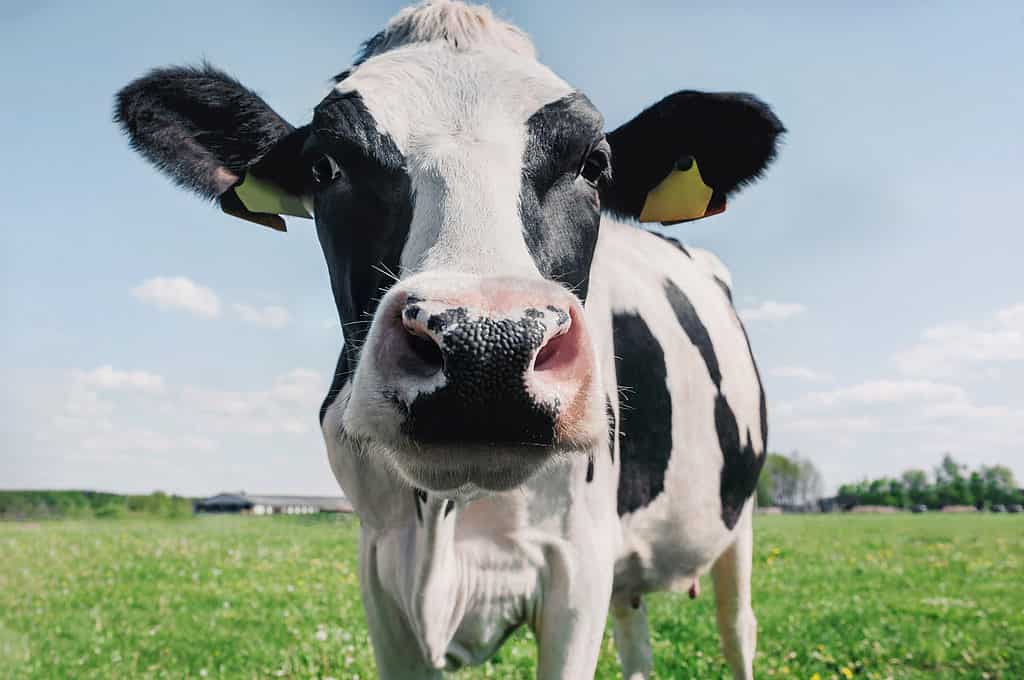
©Alena Demidyuk/Shutterstock.com
The lesser and greater weaver fish also pose a danger to fishermen and swimmers because of their venomous spines. The lesser weaver fish come into shallow water and are most likely to be encountered by beach goers in the summertime. The greater weaver prefers the deeper water offshore and is seldom a threat.
Zoos in the United Kingdom
Comprised of multiple sovereign states, the U.K. collectively has around 300 zoos. Which zoos are the most popular to visit depends on what parts of the nation visitors are visiting. Out of the many incredible options, listed are several of the most popular within the sovereign states. African bush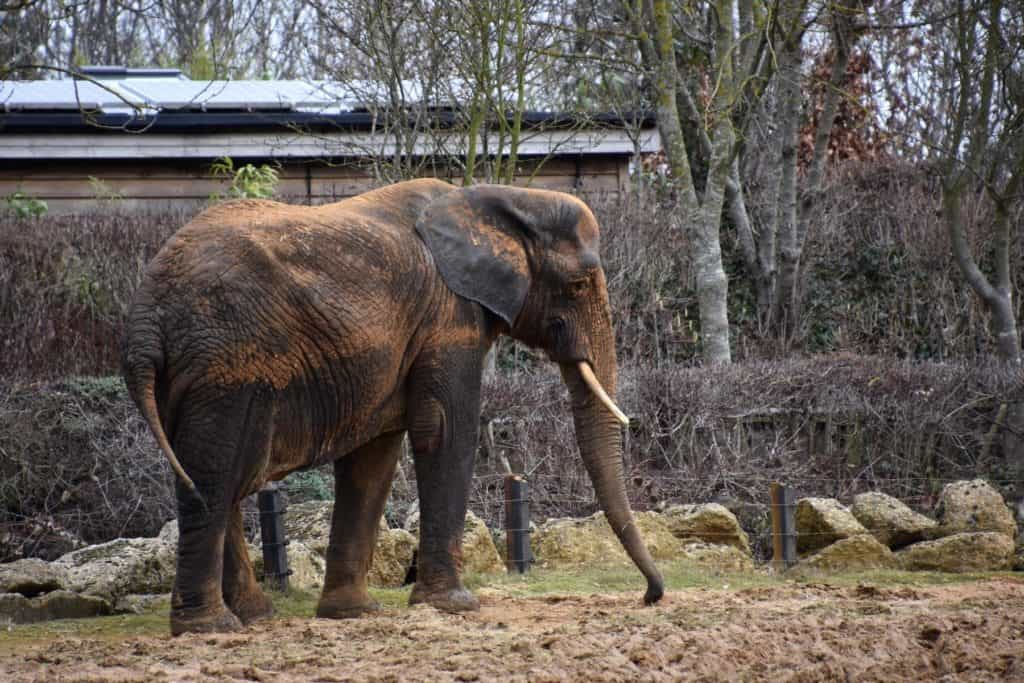
elephants
can be seen at the Chester Zoo in the U.K.
©Millie Bond – Copyright A-Z Animals
England
- The London Zoo – Originating as a place of scientific research, the London Zoo now holds over 19,000 animals of hundreds of different species.
- Chester Zoo – Ranked as one of the top zoos in the entire world, the Chester Zoo spans 125 acres with 12,000 animals and 400 different species.
Scotland
- Edinburgh Zoo – Previously named the Scottish National Scientific Park, some animals in this zoo have held military rank, including a Wojtek the bear and Sir Nils Olav, a king penguin.
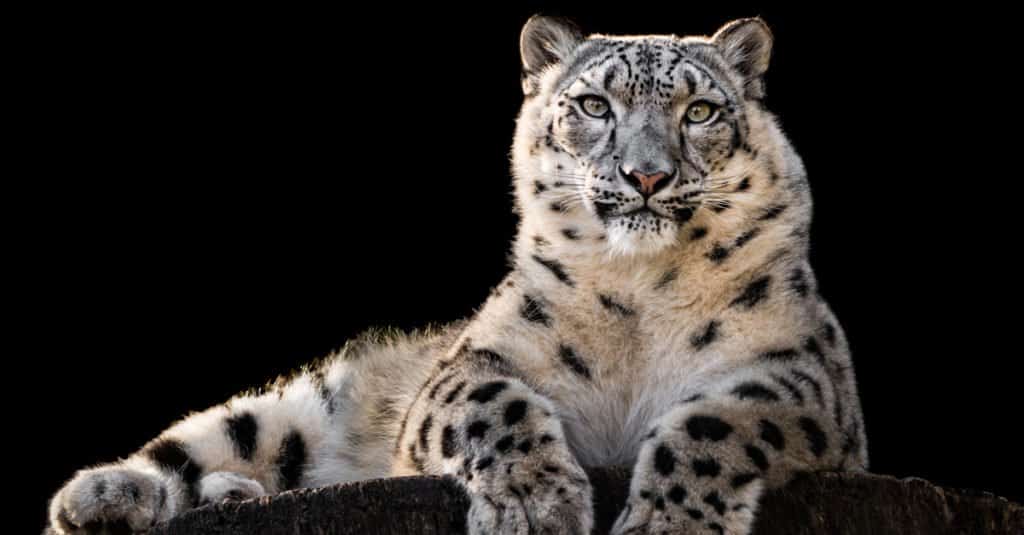
Snow leopards are a popular attraction at the Welsh Mountain Zoo.
©Abeselom Zerit/Shutterstock.com
Wales
- Welsh Mountain Zoo – Opened by naturalist Robert Jackson in 1963, the zoo now covers 37 acres and features rare species, such as snow leopards.
Northern Ireland
- Belfast Zoo – The Belfast Zoo heavily participates in conservation work and is involved with breeding programs to ensure the preservation of threatened species. Baby animals of the zoo have included species such as ring-tailed lemurs, Grant’s zebra, California sea lions, and spider monkeys.
Rarest Animal in the United Kingdom
A number of once-common animals in Britain are struggling, with sightings becoming rare. The red squirrel, native to Britain, is experiencing a population decline, reduced to less than 200,000, largely due to disease and competition with non-native North American grey squirrels. The native red squirrel population is in decline in the U.K. due to disease and competition with non-native grey squirrels. ©Menno Schaefer/Shutterstock.com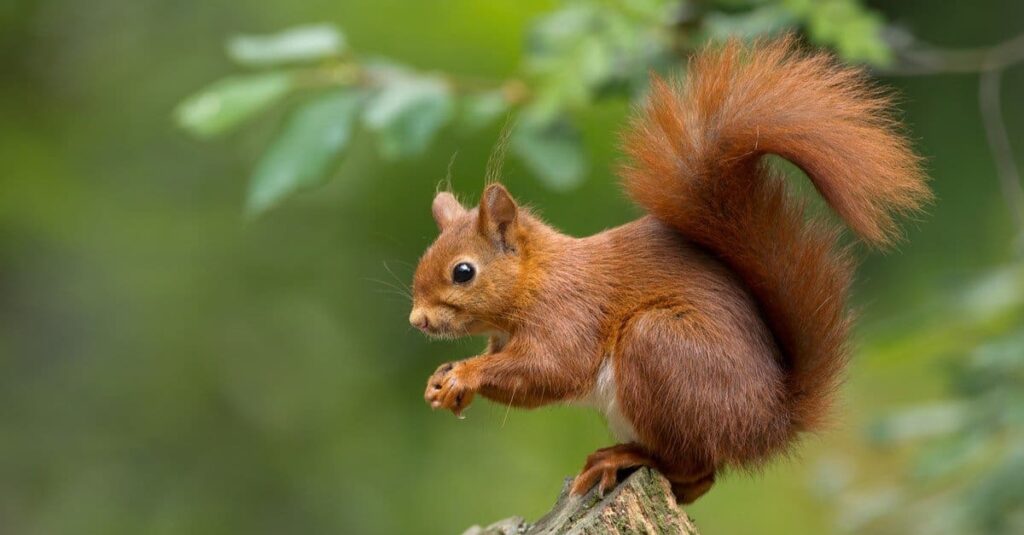
These charming little creatures were once widespread across the U.K. but are now one of the rarest mammals. Red squirrels are found only in Scotland, Northern Ireland and the far north of England. They inhabit either deciduous or coniferous forests.
Endangered Animals
Warm weather and construction also interrupt the hibernation cycles of hedgehogs, another animal native to the United Kingdom. The turtle dove has declined by 97 percent since 1970. Additionally, sounds of the Natterjack toad have ultimately disappeared from many of the islands.
Even insects are endangered in the U.K. Cicadas are now only found in small areas in Hampshire; however, since they haven’t been sighted in over 20 years, these critters may already be extinct. Furthermore, the Cosnard’s net-winged beetle inhabits only a few small areas as a result of the destruction of beech trees. Deforestation also threatens the bearded false darkling beetle. The wart-biter cricket is found in just four areas of East Sussex, Wiltshire, and Dorset and the V-moth population has declined by 99 percent since the 1960s. The last sighting of a cicada was 20 years ago – meaning they may already be extinct.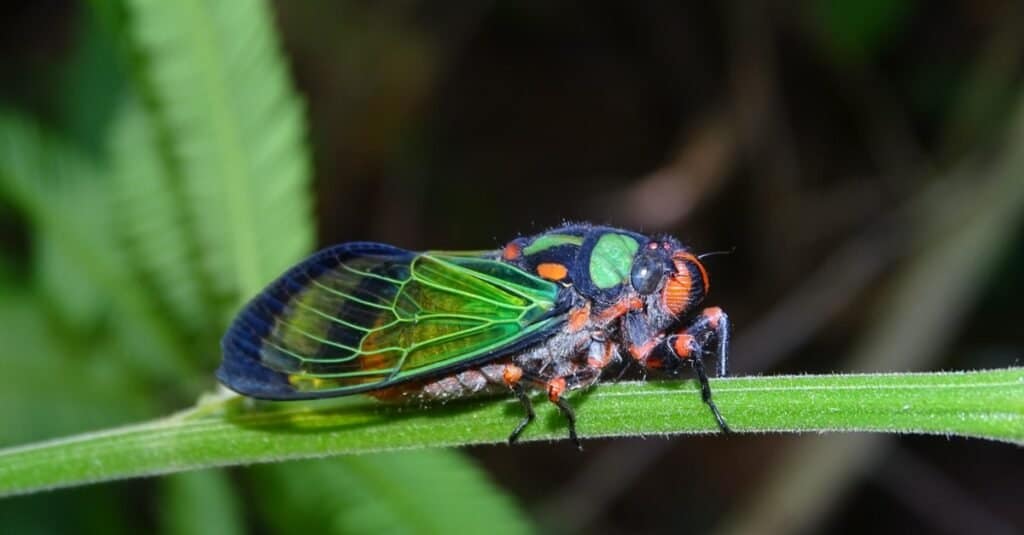
©Marcos Cesar Campis/Shutterstock.com
A number of Britain’s large predators became extinct thousands of years ago. These include cave lions, bears, and wolves. Large herbivorous mammals have also become regionally extinct – beavers, wild boars, bison, and moose.
Today, though, some of these wild animals are being reintroduced to ancient woodlands. Wolverines, lynxes, grey wolves, and European brown bears are exhibited at the Bristol Zoological Society’s Bear Wood. This is part of an ongoing conservation effort known as “rewilding.” Close up of British flag.
©iStock.com/IFest
The British Flag
The British flag is actually four flags wrapped into one including the English flag and the flags of Scotland, Wales, and Northern Ireland. The British flag is also known as the Union Jack and represents the region’s past but also its current ideals. The flag’s use of the color white signifies purity and truth, the red symbolizes warriorhood, and the blue stands for justice, loyalty, and vigilance.
No law has passed to make the Union Jack the official flag of the United Kingdom but it has become that through precedent. It is called the “Union Jack” after a small flag was mounted on the front of a warship in 1625. The small flags mounted on ships were called “jacks.”
British Animals

Admiral Butterfly
Stunningly beautiful wings

Airedale Terrier
Very intelligent, independent and strong-minded!
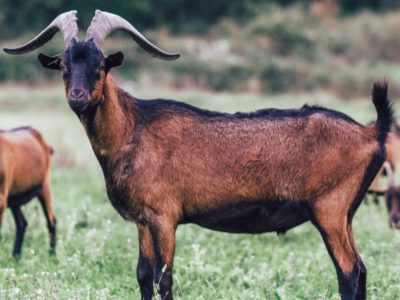
Alpine Goat
Alpine goats are the most common type of goat used for milk, cheese, and other dairy products

Ant
First evolved 100 million years ago!
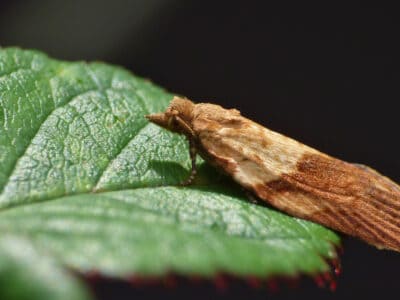
Apple Moth
In Australia the LBAM causes $21.1 million annually in lost production and control costs
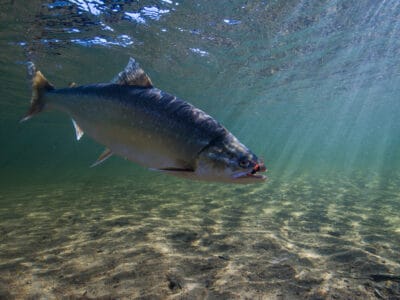
Arctic Char
Arctic char is the northern-most fish; no other fish lives anywhere further north!

Armyworm
They are so named because they "march" in armies of worms from one crop to another in search of food
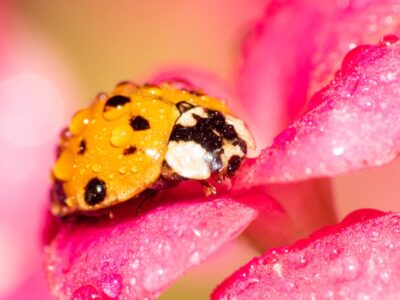
Asian Lady Beetle
Asian lady beetles infest indoor spaces, but they do not reproduce indoors.
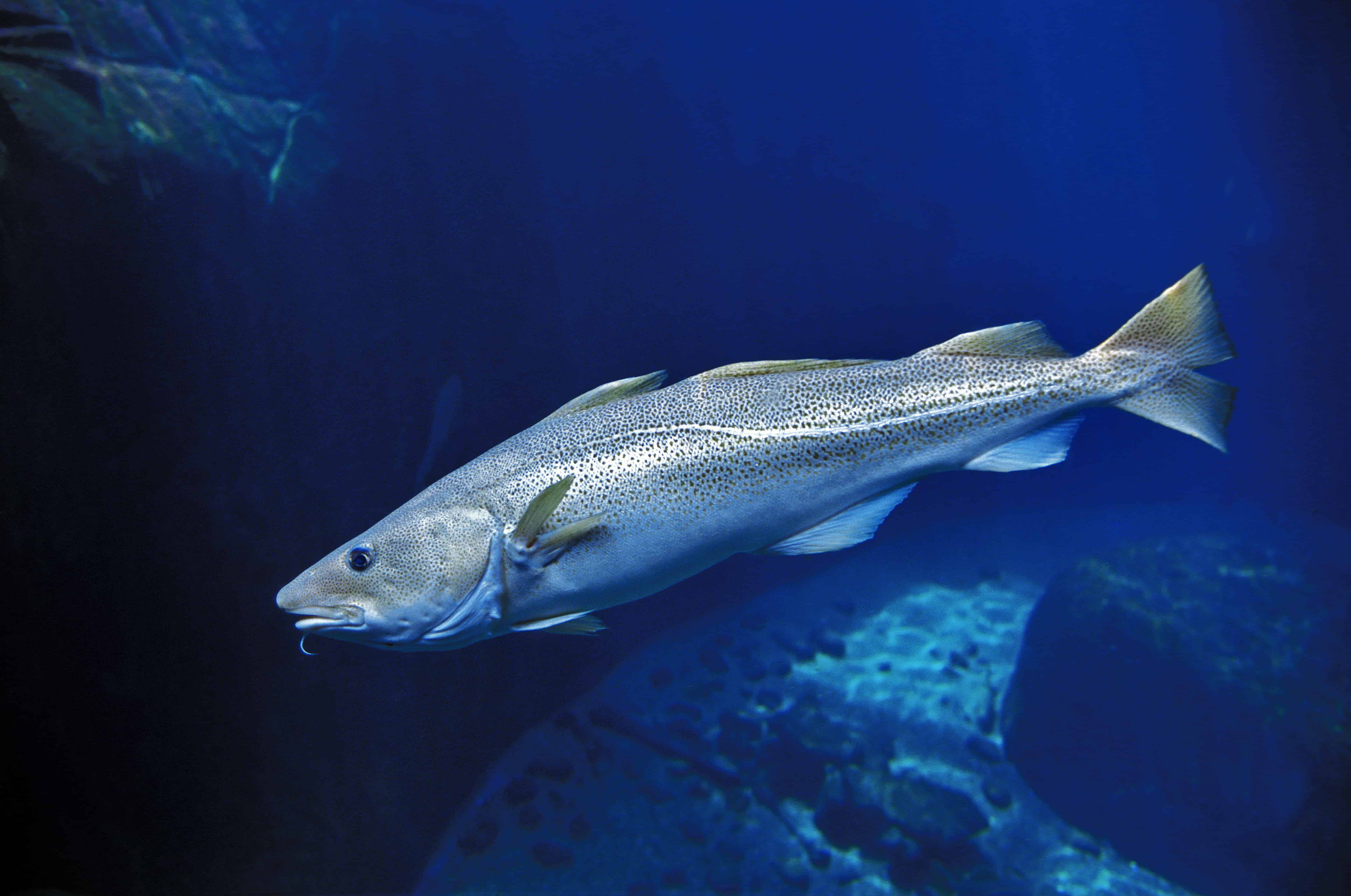
Atlantic Cod
One of the most popular food fishes in the world

Aurochs
Extinct ancestor of all domesticated cattle!
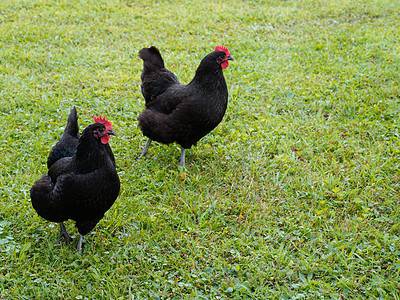
Australorp Chicken
Australorp chickens are among the best egg producers in the world, Hens in Australia set consecutive world records with one laying 364 eggs in a single year!

Avocet
Has a curved, upturned beak!
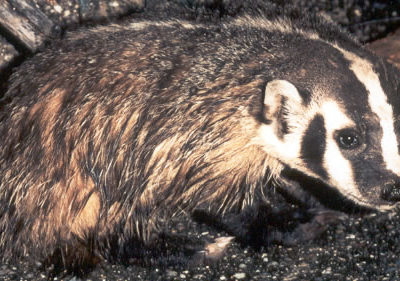
Badger
Can reach speeds of 30 km/h!

Barn Owl
Found everywhere around the world!

Barn Swallow
Older offspring help care for new hatchlings.

Basset Hound
Forget the training when not rewarded!

Bat
Detects prey using echolocation!

Beagle
Have become popular family pets!

Bearded Collie
Weekly brushing is mandatory!
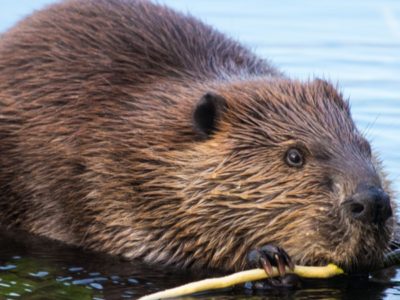
Beaver
Builds a dam from sticks and leaves!

Bed Bugs
Bed bugs feed for 4-12 minutes.

Bedlington Terrier
Highly active and intelligent dogs!

Bee
Rock paintings of bees date back 15,000 years

Beetle
There are more than 350,000 different species

Beewolf wasp
They hunt bees

Bird
Not all birds are able to fly!

Biscuit Beetle
The biscuit beetle form a symbiotic relationship with yeast

Black Widow Spider
They typically prey on insects!

Booted Bantam
The feathers on the feet of tiny Booted Bantam chickens can reach up to six inches in length!
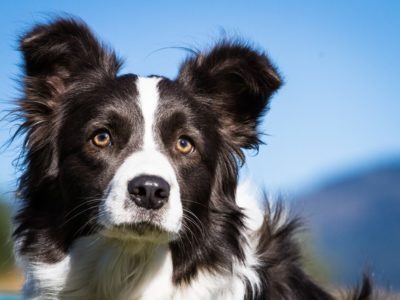
Border Collie
Highly intelligent and alert breed!

Border Terrier
Small, rough-coated breed of terrier!
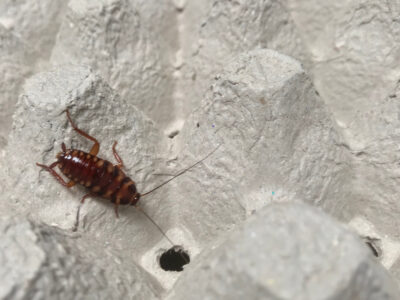
Brown-banded Cockroach
Females glue egg cases to furniture

Brown Dog Tick
Can live its entire life indoors
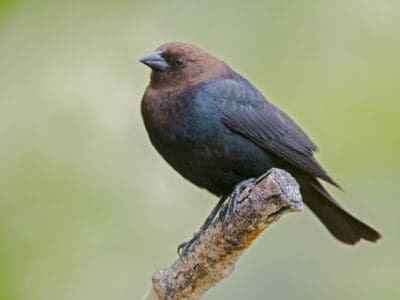
Brown Headed Cowbird
Males are generally monogamous during mating season and will protect the female from other males. However, females tend to venture from their partners and mate with other males.
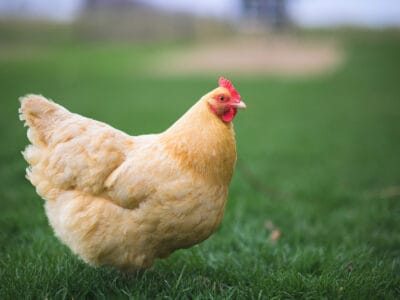
Buff Orpington Chicken
Buff Orpingtons love to sit on your lap.
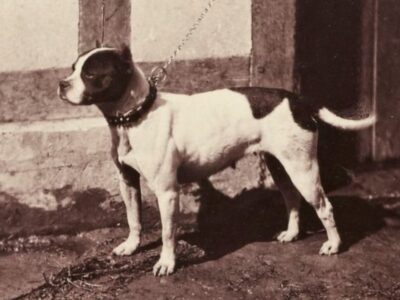
Bull and Terrier
Bull and Terriers were explicitly bred for bull-baiting, a savage blood sport where certain dog breeds would attack an angered bull tied to a pole.

Bull Terrier
Needs to be kept active!

Bulldog
Friendly, loving and docile!
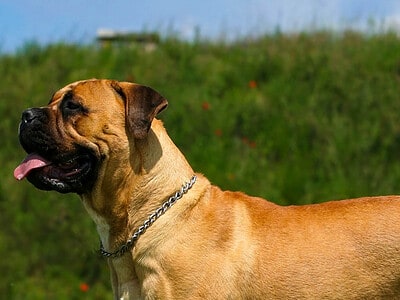
Bullmastiff
Courageous, loyal and calm!

Bumblebee
The most common species of bee!

Butterfly
There are thought to be up 17,500 species!

Cairn Terrier
Intelligent, lively and strong!

Camel Cricket
The camel crickets that are found in the USA are light brown in color. They also have dark streaks all over their body.
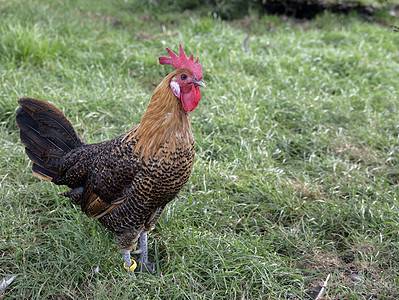
Campine Chicken
Campine chickens were exported from Belgium by Julius Caesar!

Carpenter Ant
Carpenter ants can lift up to seven times their own weight with their teeth!

Cat
May have been domesticated up to 10,000 years ago.

Caterpillar
The larvae of a moth or butterfly!

Catfish
There are nearly 3,000 different species!

Cava Tzu
Females are more territorial than males, but you can train this behavior out of them.
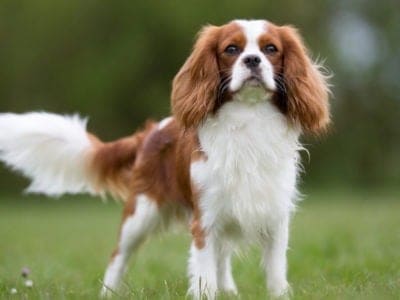
Cavalier King Charles Spaniel
Highly playful and affectionate!
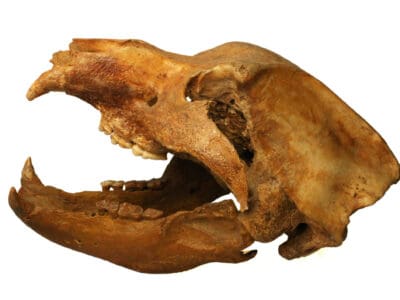
Cave Bear
Cave bears may have been worshiped by primitive humans.
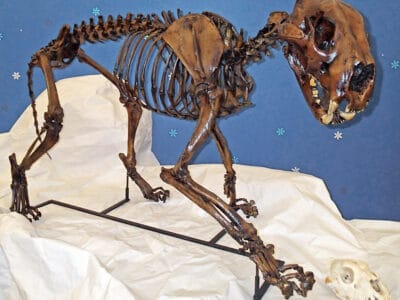
Cave Lion
Unlike modern lions, cave lions didn't have a significant mane.

Centipede
There are about 3,000 documented species!

Chamois
Natively found in the European mountains!
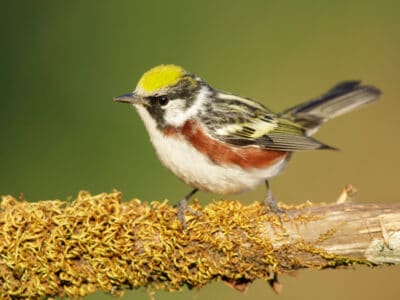
Chestnut-Sided Warbler
They inhabit regrowing forests

Chicken
First domesticated more than 10,000 years ago!
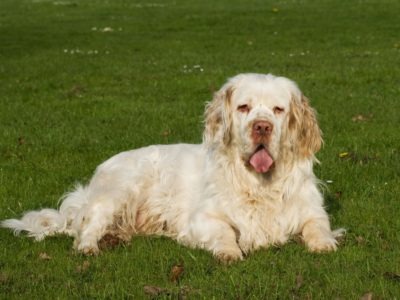
Clumber Spaniel
Has a thick, soft coat!

Cockroach
Dated to be around 300 million years old!

Codling Moth
Pupae are able to undergo diapause to survive poor fruit yield years and winter.
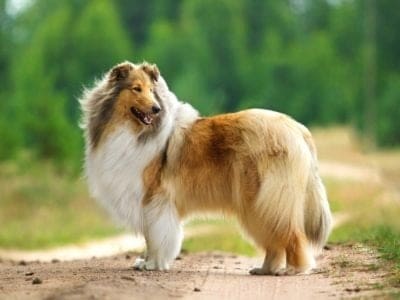
Collie
Gentle and devoted!

Common Buzzard
The most common raptor in the UK!

Common European Adder
European adders are the only snake that lives above the Arctic Circle.
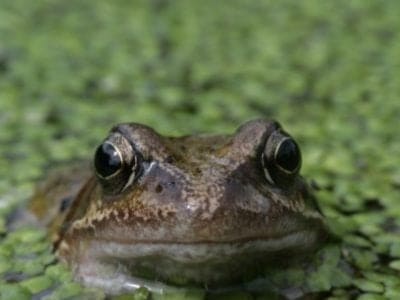
Common Frog
Found throughout the European continent!

Common Furniture Beetle
The common furniture beetle feeds exclusively on wood

Common House Spider
House spiders have the ability to eat most insects in a home.
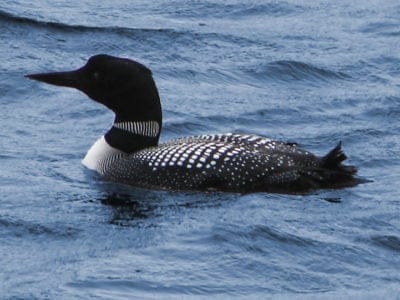
Common Loon
Also known as the Great Northern Diver

Common Raven
A group of ravens is called an unkindness or a conspiracy.

Common Toad
Most active in wet weather!

Cormorant
They can fly 35 mph and dive 150 feet below water.

Cow
There are nearly 1.5 billion worldwide!

Crab
There are 93 different crab groups

Crab Spider
Crab Spiders can mimic ants or bird droppings

Crane
Many are critically endangered species!

Cricket
Male crickets can produce sounds by rubbing their wings together

Crow
A group of these birds is called a Murder.
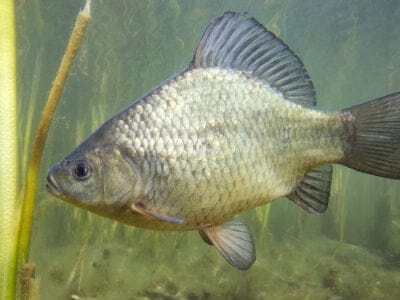
Crucian Carp
Can survive drought by burying itself in mud.
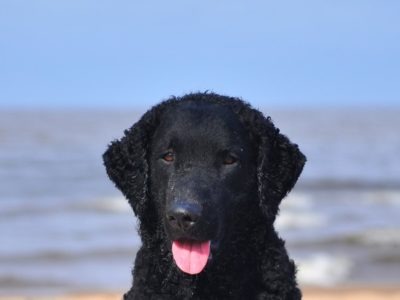
Curly Coated Retriever
A lively and fun-loving breed!

Dandie Dinmont Terrier
The Dandie Dinmont Terrier is the only breed recognized by the AKC that is named after a literary character.
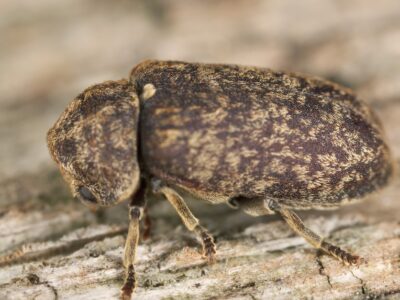
Deathwatch Beetle
The adult deathwatch beetle taps on the wood to find a mate.

Deer
There are around 40 different species!

Dog
First domesticated in South-East Asia!

Dog Tick
Dog ticks feed on dogs and other mammals

Donkey
First domesticated 5,000 years ago!

Dorgi
The Dorgi is one of the more popular mixed breed dogs.
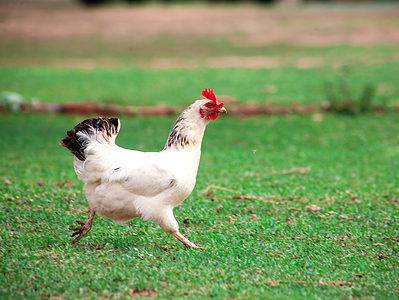
Dorking Chicken
They are docile birds, so do not mix them with dominant breeds like Cornish chickens and Old English Game.; otherwise, they will quickly fall to the bottom of the pecking order.

Dragonfly
It's larvae are carnivorous!

Duck
Rows of tiny plates line their teeth!

Dung Beetle
The dung beetle can push objects many times its own weight

Eagle
Has exceptional eyesight!

Earthworm
They are hermaphrodites, which means they have male and female organs

Earwig
There are nearly 2,000 different species!

Edible Frog
Are known to guard the muddy banks!

Eel
Eels can be a mere few inches long to 13 feet!
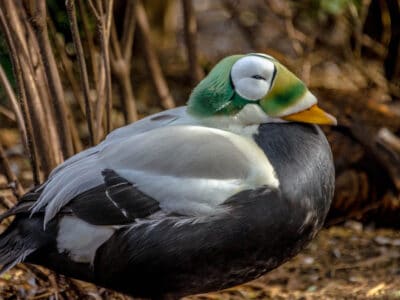
Eider
Eiders are sexually dimorphic, with males being larger and more colorful.

English Bulldog
Bulldogs were originally bred to “pin” bulls.

English Cocker Spaniel
Intelligent yet stubborn by nature!
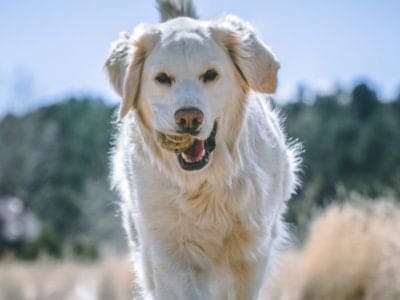
English Cream Golden Retriever
Although their coats can get incredibly light in color, golden retrievers never have purely white coats.

English Foxhound
English Foxhounds were bred to work and live in a pack. Because of this, this breed is happiest when they are around other dogs.
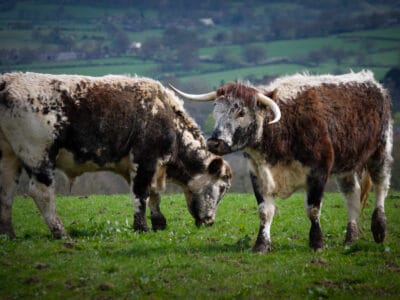
English Longhorn Cattle
Although they look similar to the Texas Longhorn, they are not closely related.
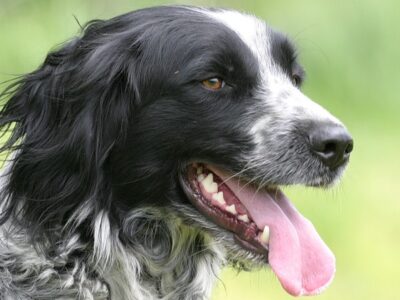
English Setter
English Setters were first bred between 400 and 500 years ago.

English Springer Spaniel
Friendly and eager to please!

Ermine
A very bold and ferocious predator!
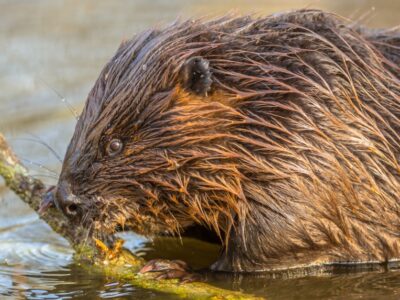
Eurasian Beaver
Eats 20% of its weight daily!
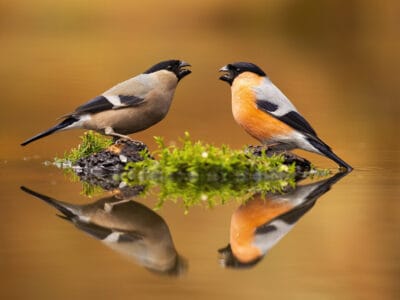
Eurasian Bullfinch
The shy eurasian bullfinch prefers to forage very close to cover.
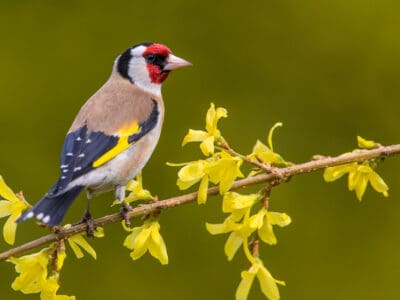
European Goldfinch
They are frequent visitors to backyard feeders, especially those containing niger seeds.

European Robin
Male robins are so aggressive and territorial that they will attack their own reflections.

Falcon
The fastest creatures on the planet!

Fallow deer
The fallow deer has more variation in its coat colors than most other deer.

False Widow Spider
False spiders actually prey on black widow spiders and other hazardous spiders
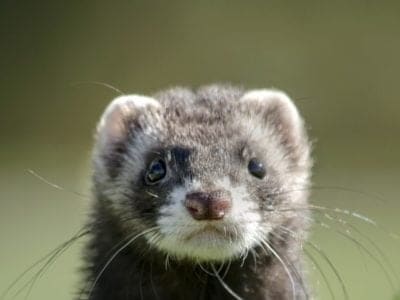
Ferret
Ferrets can be trained to do tricks like dogs!
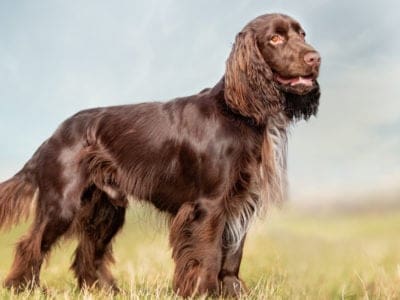
Field Spaniel
A sociable and adaptable breed!

Firefly
The firefly produces some of the most efficient light in the world
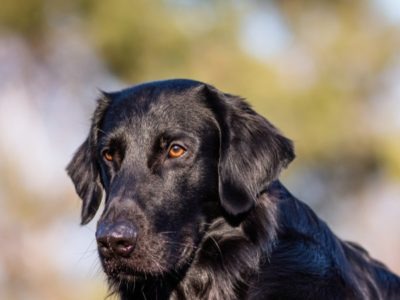
Flat-Coated Retriever
A game retrieving gun-dog!

Flea
Adult fleas can jump up to 7 inches in the air

Fly
There are more than 240,000 different species!

Flying Squirrel
Can glide up to 90 meters!

Fox
Only 12 species are considered "true foxes"

Fox Terrier
First bred in the mid-19th century!

Frizzle Chicken
Frizzle chickens are known for their frizzled feathers, which result from a genetic mutation.

Frog
There are around 7,000 different species!

Fruit Fly
Fruit flies are among the most common research animals in the world
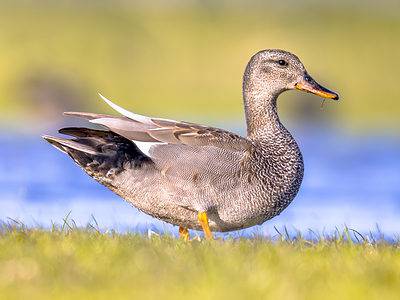
Gadwall
They make many sounds when trying to attract a mate.

German Cockroach
The most common type of urban roach
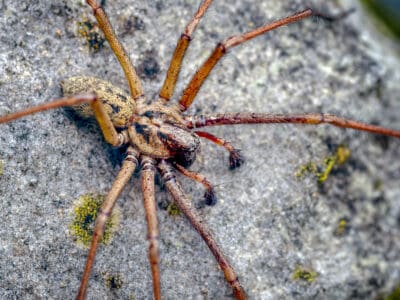
Giant House Spider
They are the fastest invertebrates in the U.K.

Glass Lizard
Can grow up to 4ft long!

Glowworm
Found inhabiting dense woodland and caves!

Gnat
Males form large mating swarms at dusk

Goat
Most closely related to the Sheep!

Goldcrest
The goldcrest never starts moving and needs to consume for most of the day to survive. Therefore, in the colder months, it's best that eat 90% a day.

Golden Eagle
Their calls sound like high-pitched screams, but they are quiet most of the time.

Golden Oriole
Migrates between Europe and Asia!

Golden Retriever
Trusting, kind and gentle!

Goose
There are 29 different species!

Gordon Setter
It's the largest and heaviest breed of setter.
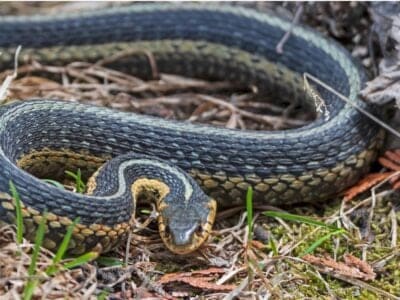
Grass Snake
Use acute hearing to hunt

Grasshopper
There are 11,000 known species!
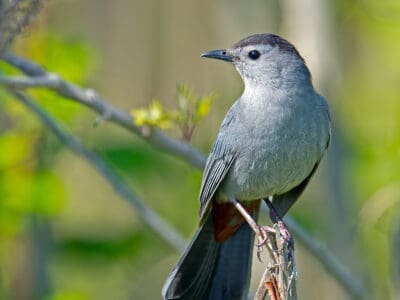
Gray Catbird
Their songs have cat-like qualities and can mimic other birds and animals, like tree frogs.

Grey Heron
Male grey herons are picky about their mates. They'll reject a female that they don't fancy.
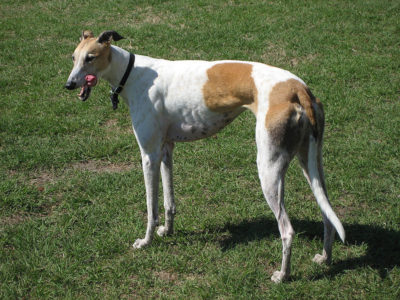
Greyhound
Extremely fast and athletic!

Grouse
Feathered legs and toes!

Gypsy Moth
One of the most invasive species in the world

Hamster
Able to run as quickly backwards as forwards!

Harbor Porpoise
Surprisingly, not a dolphin!

Hare
Can reach speeds of over 50 mph!

Harrier
Cheerful, tolerant and sweet-tempered!

Hawk Moth Caterpillar
Many hawk moth caterpillars eat toxins from plants, but don’t sequester them the way milkweed butterflies do. Most toxins are excreted.

Hedgehog
Thought to be one of the oldest mammals on Earth!

Heron
Inhabits wetlands around the world!

Highland Cattle
Natively found in the Scottish Highlands!

Hobo Spider
The Hobo Spider travels city to city like an actual Hobo and is often found near railroad tracks!

Honey Bee
There are only 8 recognized species!
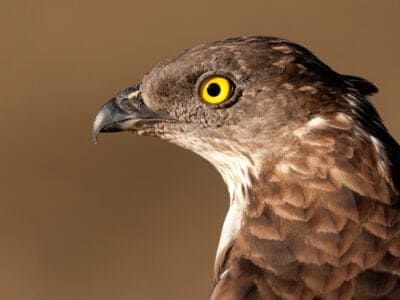
Honey Buzzard
Honey buzzards are medium-sized raptors that earned their names by raiding the nests of bees and wasps.

Hoopoe
Stunning bird with a stinky way to deter predators!

Horse
Has evolved over 50 million years!

Horsefly
Horseflies have been seen performing Immelmann turns, much like fighter jets.
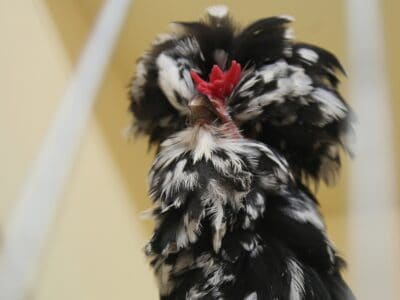
Houdan Chicken
The Houdan chicken has a round, fluffy crest and five toes on each foot!

Housefly
The fly has no teeth

Human
Thought to have orignated 200,000 years ago!

Huntsman Spider
Some huntsman spiders have an interesting way of moving around. Some cartwheel while others do handsprings or backflips.
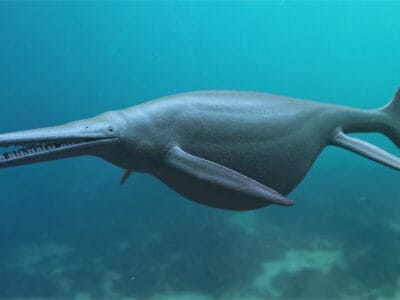
Ichthyosaurus
Gave birth to live young instead of laying eggs like other reptiles

Insects
There are an estimated 30 million species!
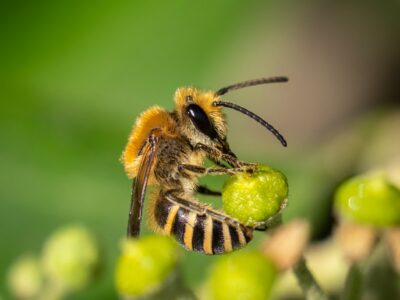
Ivy Bee
N/A

Jack Russells
Intelligent, athletic and fearless!

Jackdaw
The jackdaw tends to mate for life with a single partner
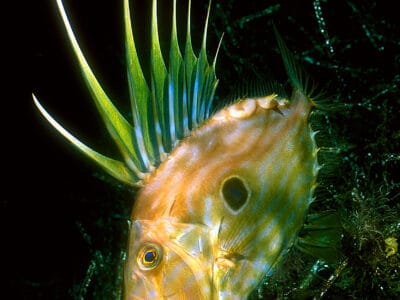
John Dory
The John Dory is often labeled one of the ugliest fish in the world and has no known relatives.

Jumping Spider
Some can jump 50 times the length of their bodies
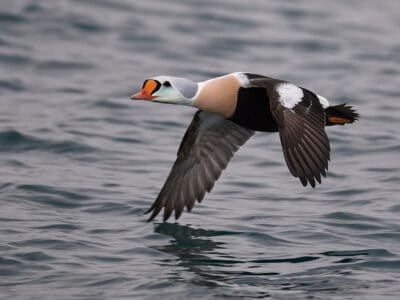
King Eider
The species name, spectabilis, is Latin for “showy” or “remarkable,” referencing the attractiveness of the adult male’s plumage.

Kingfisher
Inhabits wetlands and woodlands worldwide!

Labrador Retriever
Well-balanced, friendly and versatile!

Ladybug
There are more than 5,000 species worldwide!

Lakeland Terrier
These dogs were once used by farmers to keep foxes away from herds of sheep.

Lancashire Heeler
The name “heeler” comes from the fact that it nips at the heels of cattle to herd them.
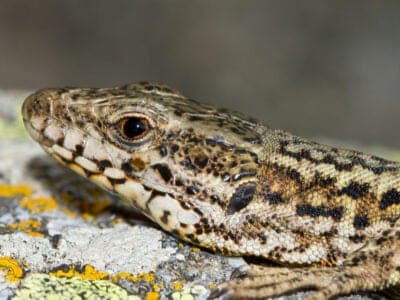
Lazarus Lizard
Lazarus Lizards can communicate through chemical and visual signals.

Leech
Has 10 pairs of eyes!
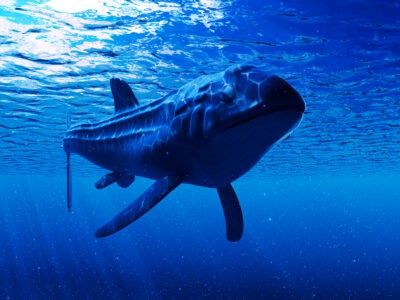
Leedsichthys
Leedsichthys is one of the largest fish ever discovered

Lemming
Does not hibernate during the bitter Arctic winter!

Linnet
While linnets are monogamous during mating season, they do not mate for life. While breeding pairs are together, the males are highly territorial and will defend the nesting site and the surrounding area.

Liopleurodon
Liopleurodon were fast swimmers that lived entirely under water, but they had no gills

Lizard
There are around 5,000 different species!

Locust
Each locust can eat its weight in plants each day.

Long-Eared Owl
Ear tufts make it look bigger!
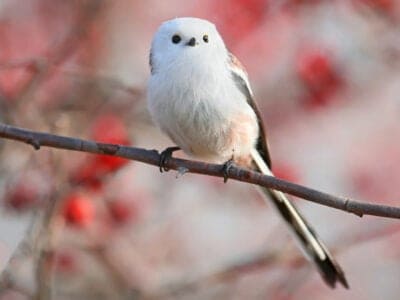
Long-Tailed Tit
Often hangs upside down while feeding!
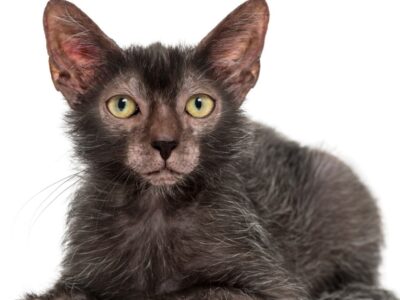
Lykoi Cat
Wolf like domestic cat breed

Magpie
They are found across Europe, Asia and Africa!

Mallard
With an appropriate tail wind, the mallard can travel hundreds of miles a day

Manchester Terrier
Fences are no match for Manchester terriers. They’re great escape artists!

Marsh Frog
Has bright green skin!

Mastiff
Courageous, calm and affectionate!

Mayfly
There are 2,500 known species worldwide!

Mealybug
They have a symbiotic relationship with ants.
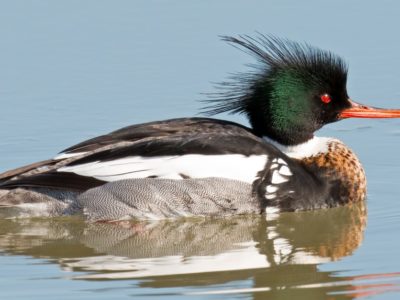
Merganser
They line their nests with their feathers

Millipede
Some species have a poisonous bite!
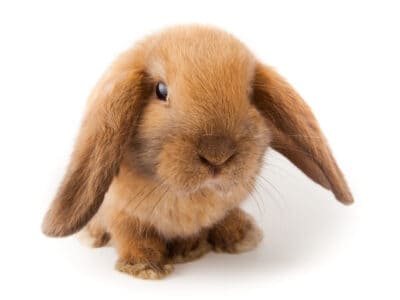
Mini Lop
One of the cutest and most popular rabbits
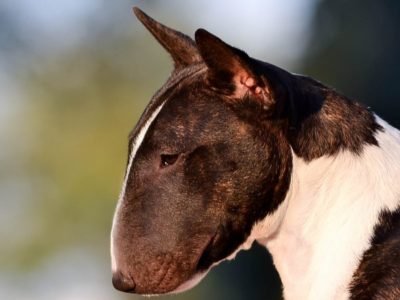
Miniature Bull Terrier
This dog has a very happy-go-lucky temperament.
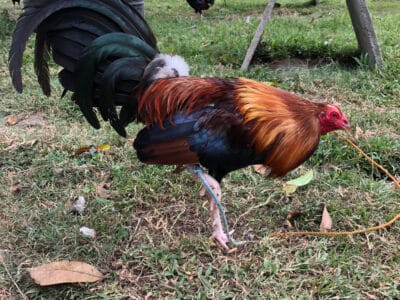
Modern Game Chicken
The Modern Game chicken is a lanky bird with legs that go for days!

Mole
Primarily hunts and feeds on Earthworms!

Mongrel
Has characteristics of two or more breeds!

Moorhen
Feeds on aquatic insects and water-spiders!

Mosquito
Only the female mosquito actually sucks blood

Moth
There are 250,000 different species!

Mouse
Found on every continent on Earth!

Mule
The offspring of a horse and donkey parents!

Muntjac
The muntjac is the smallest type of deer in the world

Natterjack
Can lay up to 7500 eggs

Neanderthal
Roamed Asia and Europe for around 100,000 years!

Nematode
Nematodes range in size from 1/10 of an inch to 28 feet long
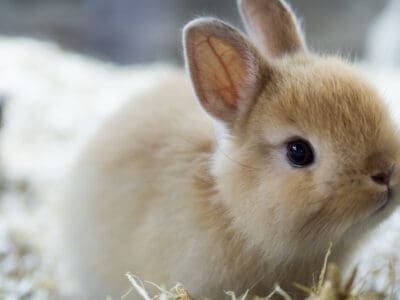
Netherland Dwarf Rabbit
The Netherland dwarf rabbit is the smallest domestic rabbit breed in the world.

Newt
Able to regrow lost or damaged limbs!

Nightingale
Named more than 1,000 years ago!

No See Ums
There are more than 5,000 species.

Norfolk Terrier
Fearless but not aggressive!

Northern Pintail
Northern pintails migrate at night with speeds reaching 48 miles per hour!
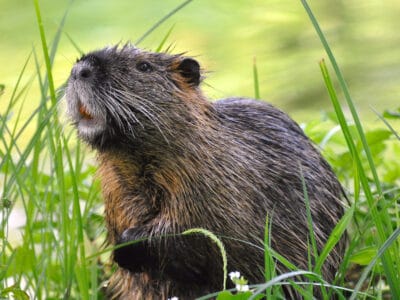
Nutria
An invasive species, one female nutria can birth up to 200 babies in just a few years of living!

Old English Sheepdog
Intelligent, sociable and playful!

Old House Borer
Depending on the habitat and climate, these beetles can live between 2 to 10 years, often staying in their larval stage for several years, making them extremely dangerous to wooden structures.

Oleander Hawk Moth
Oleander hawk moth caterpillars feed on the foliage of oleander, an extremely toxic plant to which they are immune.

Orb Weaver
Females are about four times the size of males
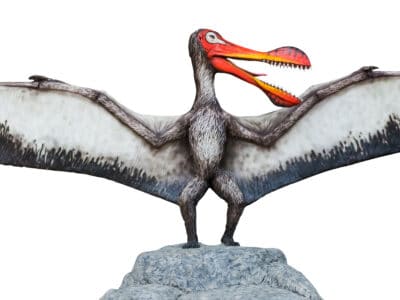
Ornithocheirus
Scientists once considered the Ornithocheirus an ancestor to modern birds

Osprey
They reuse nesting sites for 70 years!

Otter
There are 13 different species worldwide

Otterhound
Otterhounds have webbed feet making them great swimmers!

Owl
The owl can rotate its head some 270 degrees
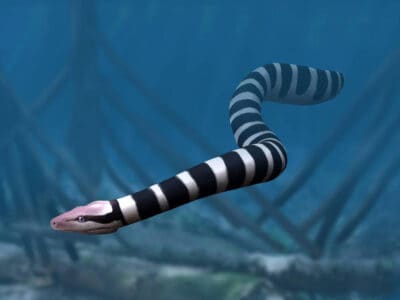
Palaeophis
This snake was as long as a school bus!
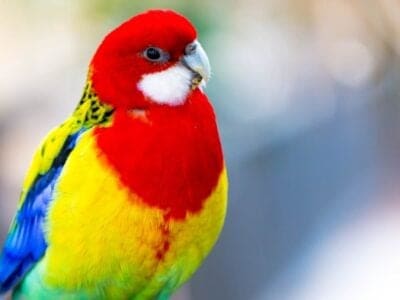
Parakeet
Monk parakeets are the only parakeets that actually build nests. They’re also the only parakeets to nest in great colonies.

Parson Russell Terrier
The root stock of the breed was a dog named Trump

Patterdale Terrier
A Patterdale Terrier’s small body structure allows it to squeeze into fox burrows.

Pembroke Welsh Corgi
The Pembroke Welsh Corgi is a favorite breed of Queen Elizabeth II
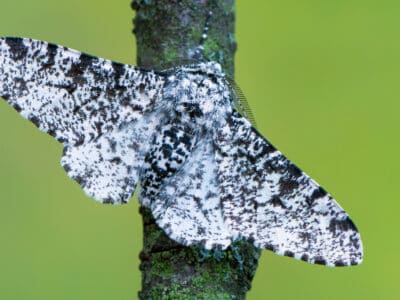
Peppered Moth
Teachers in schools often use the evolution of the peppered moth as a good example of Darwin’s theory of natural selection.

Peregrine Falcon
Fastest animal on Earth
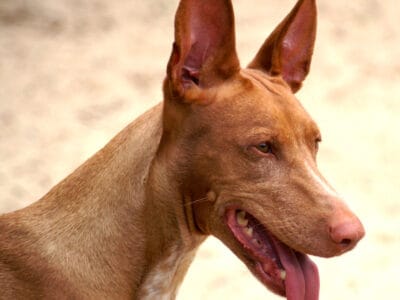
Pharaoh Hound
The blushing dog of Malta.

Pheasant
Females lay between 8 and 12 eggs per clutch!

Pig
Thought to have been domesticated in 9,000 BC!

Pigeon
They can find their way back to their nests from up to 1300 miles away.

Pika
Found in mountainous regions and rocky areas

Pine Marten
A pine marten can jump from tree to tree similar to a squirrel.
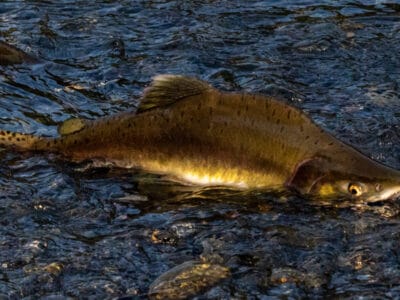
Pink Salmon
The smallest of the North American salmon

Pit Bull
It is a myth that pit bulls have locking jaws.

Pliosaur
Pliosaurs were the short-necked version of plesiosaurs.

Pocket Beagle
Queen Elizabeth I of England once owned several Pocket Beagles!

Pocket Pitbull
The smaller size of the Pocket Pitbull made it better suited for fleeing game as compared to larger Foxhounds.
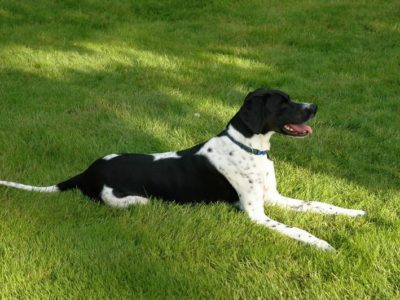
Pointer
An independent, loyal and high energy breed!

Pompano Fish
They are bottom-feeders

Pond Skater
There are 500 different species!
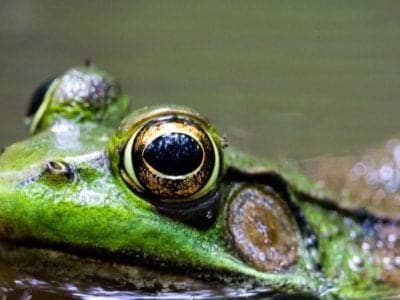
Pool Frog
The rarest amphibian in the UK!

Porcupine
There are 30 different species worldwide!
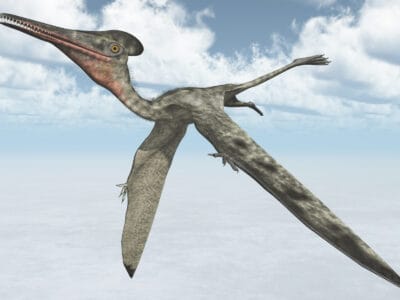
Pterodactyl
Pterodactyl is not technically a dinosaur. Although they lived during the same time as dinosaurs, they are classified as winged reptiles.
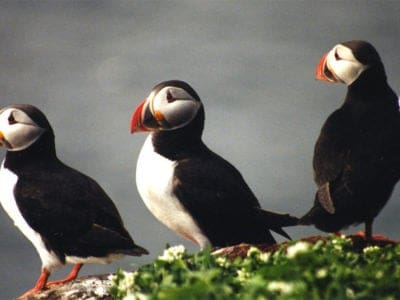
Puffin
Can remain in the water for up to 2 minutes!

Purple Emperor Butterfly
Inhabits deciduous forests!
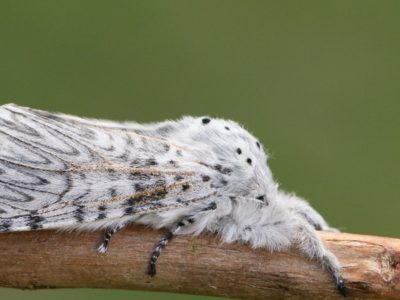
Puss Moth
Caterpillars squirt formic acid!
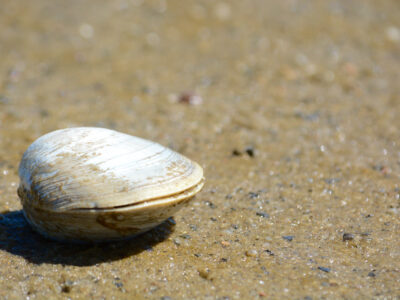
Quahog Clam
Their hinged shell protects their soft body

Quail
Inhabits woodland and forest areas worldwide!

Rabbit
There are more than 300 different species!
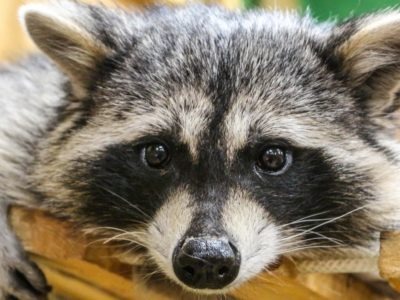
Raccoon
Known to wash their food before eating it!
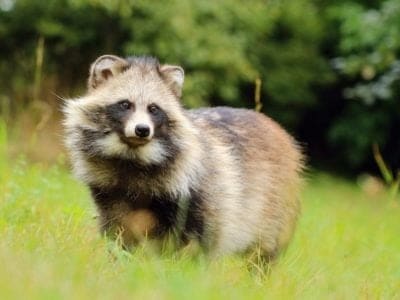
Raccoon Dog
The only hibernating canine!

Rat
Omnivores that eat anything!

Red Deer
A male red deer shows his age in his antlers, which become longer and more branched every year.
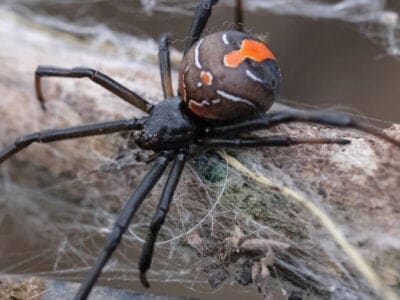
Redback Spider
The redback spiders found in New Caledonia differ from other populations in that they don’t practice sexual cannibalism and don’t bite people as much.
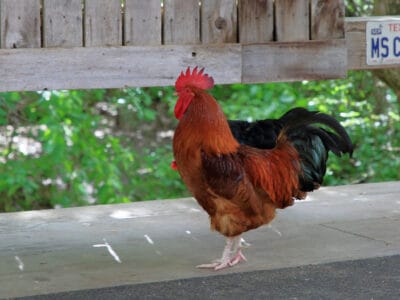
Redcap Chicken
Unfortunately, redcap hens are not good mothers, as they are not broody and unenthusiastic about sitting on their eggs.
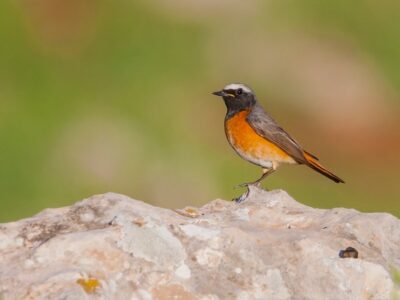
Redstart
They build their nests off the ground in tree holes, cavities, stone walls, and roofs
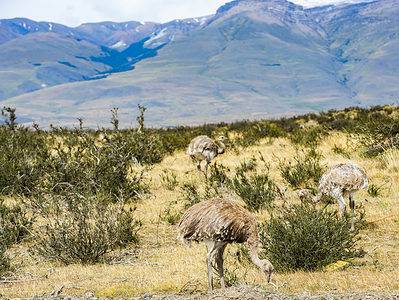
Rhea
Male rheas mate with up to a dozen females and single-handedly raise up to 80 chicks at once!

River Turtle
Inhabits freshwater habitats around the world!

Robin
There are more than 45 species in Australia alone!

Rodents
The capybara, the world’s largest rodent, likes to be in and around bodies of water. Because of this, the Catholic Church in South America decided that it was a fish, and people were allowed to eat it during Lent and First Fridays.
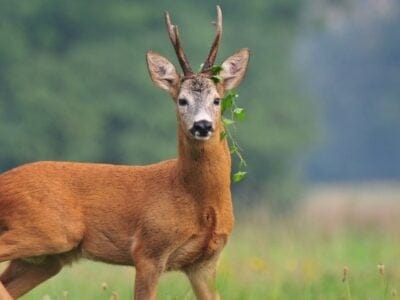
Roe Deer
The roe is one of the most popular game animals in Europe

Rooster
Will mate with the entire flock!
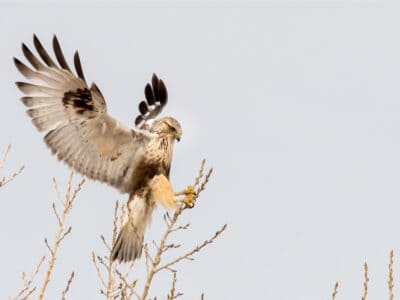
Rough-Legged Hawk (Rough-Legged Buzzard)
Its scientific name, lagopus, is Ancient Greek for “hare” and “foot,” referring to its feathered feet and toes.

Ruddy Duck
Ruddy duck breeding males have bright blue bills!

Russell Terrier
The Russell Terrier was bred to be a good fox hunter with a keen sense of smell

Sable Ferret
Ferrets were used during the Revolutionary War to keep down the rat population.

Salamander
There are more than 700 different species!

Sand Crab
The sand crab burrows beneath the sand with its tail
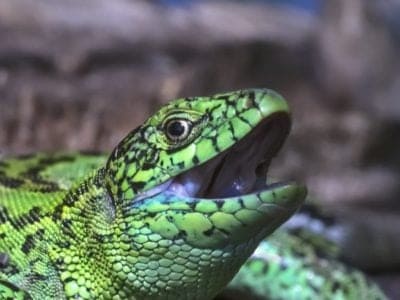
Sand Lizard
Males turn green in spring!

Sandworm
Legs also function as gills

Scorpion
There are around 2,000 known species!
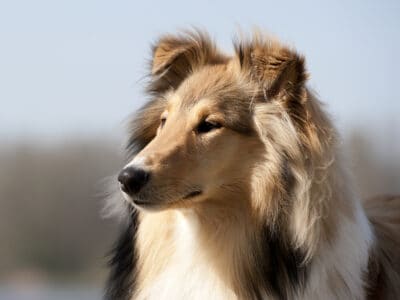
Scotch Collie
Scotch collies are one of the oldest collie breeds and were eventually bred to create the more popular border collie!

Scottish Deerhound
"The Royal Dog of Scotland"

Scottish Terrier
This breed is nicknamed the “Diehard” because of its iron will and steely determination.

Sea Eagle
The sea eagle tends to mate for life with a single partner
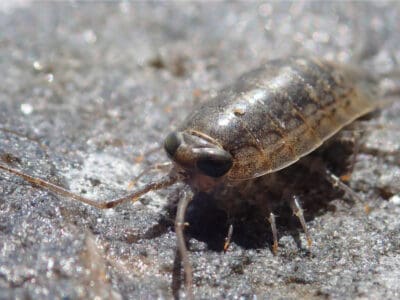
Sea Roach
They breathe through gills but live on land

Seahorse
Males give birth to up to 1,000 offspring!

Sealyham Terrier
Very endangered breed that is scion of several breeds that include one that is already extinct

Sheep
Around 35 million in the English countryside!
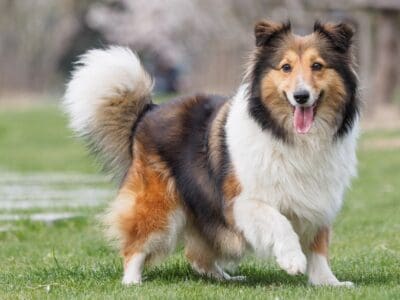
Shetland Sheepdog
Shetland Sheepdogs are one of the most successful breeds at obedience trials.

Short-Eared Owl
The short-eared owl is one of the most widespread owl species in the world, covering five continents.

Shrew
The spinal column of the shrew Scutisorex somereni is so strong and reinforced that it can support the weight of an adult human.

Shrimp
There are 2,000 different species worldwide!

Skink Lizard
Some skinks lay eggs in some habitats while giving birth to skinklets in other habitats.

Skye Terrier
Skye terriers are the oldest terrier breed, dating back at least 400 years.

Slow Worm
Found widely throughout British gardens!

Slug
They glide around on one foot, which is aided by the slime they produce

Smokybrown Cockroach
Has up to 45 eggs per egg case

Smooth Fox Terrier
These dogs are known for their fast digging abilities.

Smooth Snake
These snakes are sometimes confused with common adders, but lack the zigzag pattern.

Snail
There are nearly 1,000 different species!

Snake
There are around 4,000 known species worldwide

Snowy Owl
One of the largest owl species in the world!
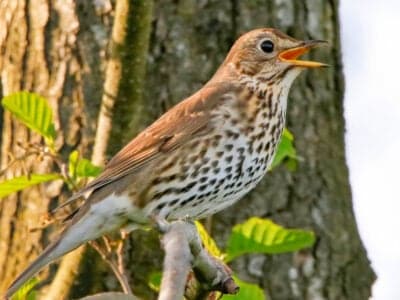
Song Thrush
A male song thrush can have over 100 phrases in his repertoire of songs and can imitate pet birds, telephones and other man-made objects.

Spadefoot Toad
They spend most of their time underground!

Sparrow
There are 140 different species!

Spider Wasp
They prey on spiders to feed their larvae or they parasitize other spider wasps.
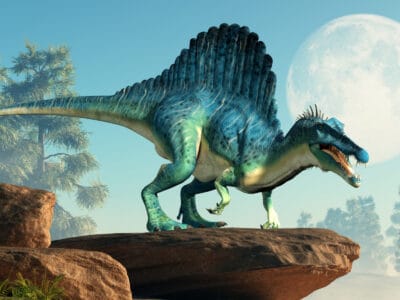
Spinosaurus
The Spinosaurus is the biggest carnivorous dinosaur ever discovered!

Spongy Moth
In March of 2022, the Entomological Society of America changed the name of this insect from the European gypsy moth to the spongy moth out of respect for the Romani community, which considers the word "gypsy" to be offensive.

Squirrel
Small rodents found in woodlands worldwide!

Staffordshire Bull Terrier
Known for their loyalty to their family!
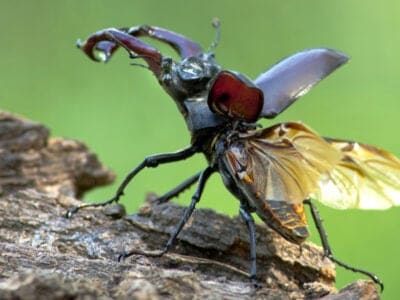
Stag Beetle
The stag beetle consumes rotting and decaying wood when it is in the larva stage.

Stick Insect
There are more than 3,000 different species!

Stoat
Average adults weigh about 200 grams!

Stork
They can’t sing like other birds.
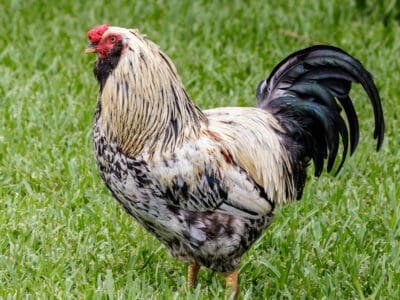
Sussex Chicken
These chickens are curious and love to investigate anything new, especially if it contains a delicious treat. They love to follow their keepers around the yard and will be your companion when gardening.

Swan
Populations have been affected by pollution!
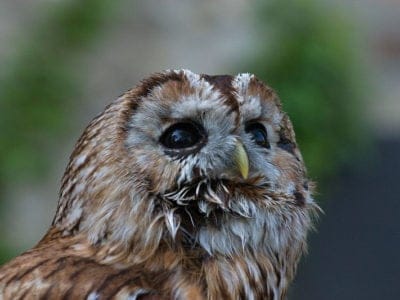
Tawny Owl
The most widespread owl in Europe!
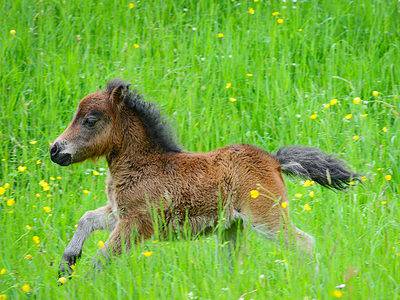
Teacup Miniature Horse
Female teacup minis become sexually mature between 2 and 5 years old, but breeders typically wait until their horse is 3 before letting her reproduce to prevent complications.

Termite
Their mounds can be up to 9 meters tall!

Terrier
Terriers were once the greatest dogs in the world.
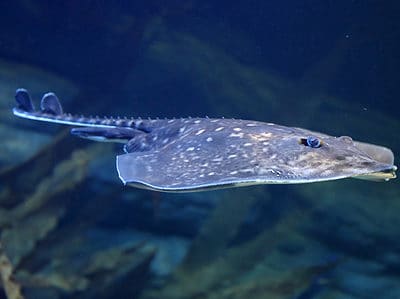
Thornback Ray
The skate with the biggest spines!

Thrush
The American robin is called the robin because its red breast reminded European settlers of the robin back in the old country.

Tick
They inject hosts with a chemical that stops them from feeling the pain of the bite

Tiger Beetle
The adult tiger beetle is one of the fastest land insects in the world
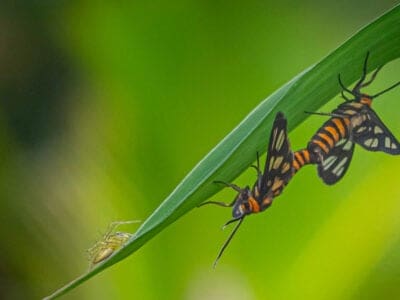
Tiger Moth
The bright colors of this moth are a signal to predators that it has a terrible taste.

Tiger Trout
As tiger trout are sterile, they cannot produce offspring. However, they do have relatively long lifespans and can live up to 10 years in captivity.

Tortoise
Can live until they are more than 150 years old!

Tree Frog
Found in warmer jungles and forests!
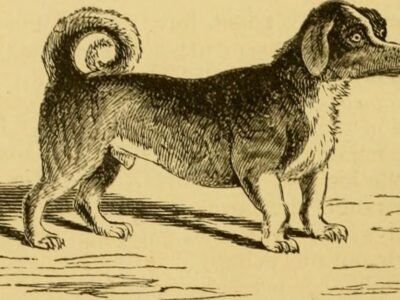
Turnspit
The turnspit was a small breed, weighing between 15 to 25 pounds and measuring 8 to 12 inches tall.

Turtles
Some species of aquatic turtles can get up to 70 percent of their oxygen through their butt.

Viper
Vipers are one of the most widespread groups of snakes and inhabit most

Vulture
There are 30 different species worldwide!
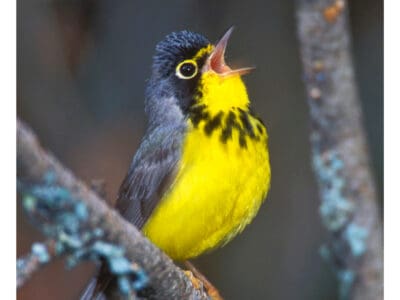
Warbler
Warblers are so called because of the trills of their song.

Wasp
There are around 75,000 recognised species!

Water Buffalo
Has been domesticated for thousands of years!
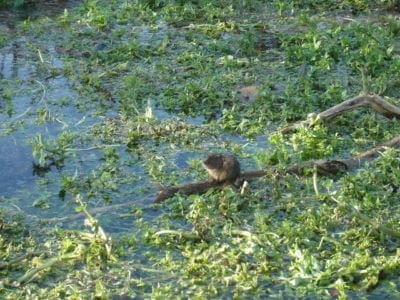
Water Vole
The largest Vole species in the UK!

Wax Moth
The Wax Moth larvae are more dangerous than the adult.

Weasel
The smallest carnivorous mammal in the world!

Welsh Black Cattle
Welsh Black Cattle were once used as currency in Wales and referred to as “black gold”.

Welsh Corgi
There are two distinct breeds!

Welsh Terrier
The Welsh Terrier has the strength and tenacity to take on foxes and badgers.

West Highland Terrier
Most commonly white in colour!

Whippet
Quiet, gentle and restful dogs!

White Ferret / Albino Ferrets
There are two different types of white ferrets!
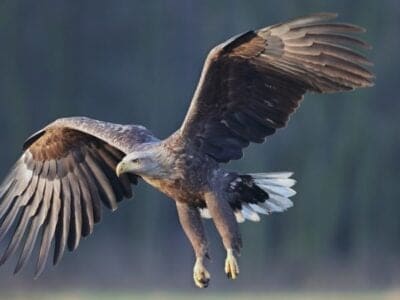
White-Tailed Eagle
It is one of the biggest birds of prey.
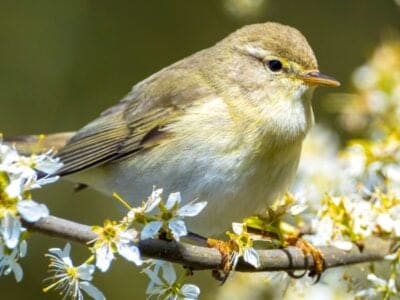
Willow Warbler
This bird molts twice a year.
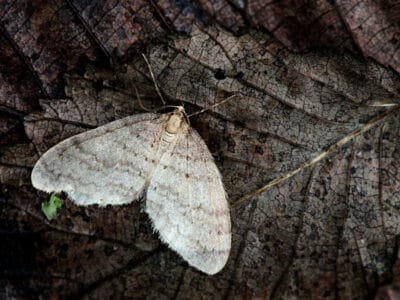
Winter Moth
Only the males fly and the females walk.

Wire Fox Terrier
The Wire Fox Terrier was bred from the now extinct Rough Coated Black and Tan Terrier to hunt down foxes.

Wolf
Thought to date back more than 300,000 years!

Wolf Spider
Carnivorous arachnid that hunts its prey.

Woodlouse
This animal can roll up into a ball

Woodlouse Spider
Unlike most spiders, woodlouse spiders don’t build a web.

Woodpecker
There are 200 different species!
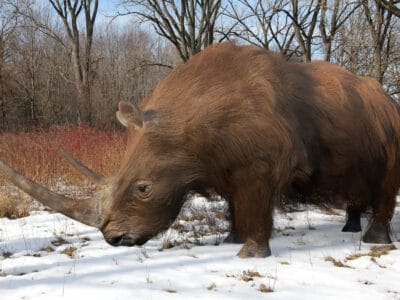
Woolly Rhinoceros
The woolly rhinoceros roamed the earth between three and a half million and 14,000 years ago.

Worm
Doesn’t have eyes.

Wryneck
They feign death by making their bodies limp and closing their eyes.
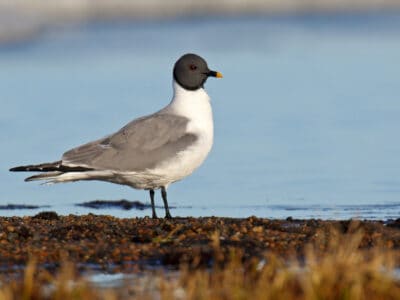
Xeme (Sabine’s Gull)
They follow after seals and whales to eat their scraps.

Xenoposeidon
They may have acted as 'gardeners' to clear vegetation and disperse seeds through their feces.
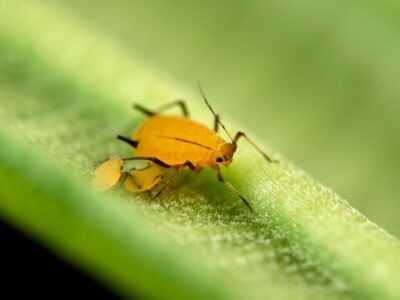
Yellow Aphids
These aphids are primarily wingless; however, once the infestation on their host gets too crowded, they develop wings, allowing them to fly to a new host plant.

Yellowhammer
It interbreeds with the pine bunting
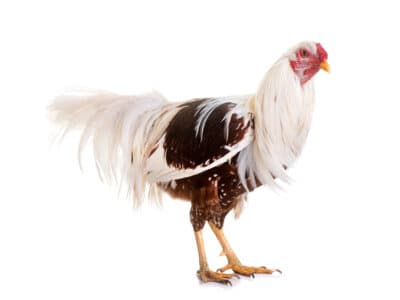
Yokohama Chicken
Yokohama chickens have snow white feathers with tails reaching up to 4 feet in length.

Yorkshire Terrier
Highly energetic and eager for adventure!
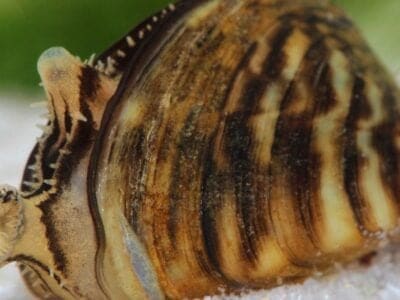
Zebra Mussels
A female zebra mussel can deposit 30,000 to 1,000,000 eggs each year!
British Animals List
- Admiral Butterfly
- Aesculapian Snake
- Airedale Terrier
- Alpine Goat
- Ant
- Apple Moth
- Arctic Char
- Armyworm
- Asian Lady Beetle
- Atlantic Cod
- Aurochs
- Australorp Chicken
- Avocet
- Badger
- Barn Owl
- Barn Swallow
- Basset Hound
- Bat
- Beagle
- Bearded Collie
- Beaver
- Bed Bugs
- Bedlington Terrier
- Bee
- Beetle
- Beewolf wasp
- Bird
- Biscuit Beetle
- Black and White Warbler
- Black Widow Spider
- Booted Bantam
- Border Collie
- Border Terrier
- British Timber
- Brown-banded Cockroach
- Brown Dog Tick
- Brown Headed Cowbird
- Buff Orpington Chicken
- Bull and Terrier
- Bull Terrier
- Bulldog
- Bullmastiff
- Bumblebee
- Butterfly
- Cairn Terrier
- Camel Cricket
- Campine Chicken
- Carpenter Ant
- Cat
- Caterpillar
- Catfish
- Cava Tzu
- Cavalier King Charles Spaniel
- Cave Bear
- Cave Lion
- Centipede
- Chamois
- Chestnut-Sided Warbler
- Chicken
- Clumber Spaniel
- Cocker Spaniel
- Cockroach
- Codling Moth
- Collie
- Common Buzzard
- Common European Adder
- Common Frog
- Common Furniture Beetle
- Common House Spider
- Common Loon
- Common Raven
- Common Toad
- Cormorant
- Corn Rex Cat (Cornish Rex)
- Cow
- Crab
- Crab Spider
- Crane
- Cricket
- Crow
- Crucian Carp
- Cuckoo
- Curly Coated Retriever
- Dandie Dinmont Terrier
- Deathwatch Beetle
- Deer
- Dog
- Dog Tick
- Donkey
- Dorgi
- Dorking Chicken
- Dormouse
- Dragonfly
- Duck
- Dung Beetle
- Eagle
- Earthworm
- Earwig
- Edible Frog
- Eel
- Eider
- English Bulldog
- English Cocker Spaniel
- English Cream Golden Retriever
- English Foxhound
- English Longhorn Cattle
- English Pointer
- English Setter
- English Springer Spaniel
- Ermine
- Eurasian Beaver
- Eurasian Bullfinch
- European Goldfinch
- European Robin
- Falcon
- Fallow deer
- False Widow Spider
- Ferret
- Field Spaniel
- Firefly
- Flat-Coated Retriever
- Flea
- Fly
- Flying Squirrel
- Fox
- Fox Terrier
- Frizzle Chicken
- Frog
- Frug
- Fruit Fly
- Gadwall
- German Cockroach
- Giant House Spider
- Glass Lizard
- Glowworm
- Gnat
- Goat
- Goldcrest
- Golden Eagle
- Golden Oriole
- Golden Retriever
- Goose
- Gordon Setter
- Grass Snake
- Grasshopper
- Gray Catbird
- Grey Heron
- Greyhound
- Grouse
- Gypsy Moth
- Hamster
- Harbor Porpoise
- Hare
- Harrier
- Hawk Moth Caterpillar
- Hedgehog
- Heron
- Highland Cattle
- Hobo Spider
- Honey Bee
- Honey Buzzard
- Hoopoe
- Horse
- Horsefly
- Houdan Chicken
- Housefly
- Human
- Huntsman Spider
- Ichthyosaurus
- Iguanodon
- Insects
- Ivy Bee
- Jack Russells
- Jackdaw
- Jagdterrier
- John Dory
- Jumping Spider
- King Eider
- Kingfisher
- Labrador Retriever
- Ladybug
- Lakeland Terrier
- Lancashire Heeler
- Lazarus Lizard
- Leech
- Leedsichthys
- Lemming
- Linnet
- Liopleurodon
- Lizard
- Locust
- Long-Eared Owl
- Long-Tailed Tit
- Lurcher
- Lykoi Cat
- Magpie
- Mallard
- Manchester Terrier
- Marsh Frog
- Mastiff
- Mayfly
- Mealybug
- Merganser
- Millipede
- Mini Lop
- Miniature Bull Terrier
- Modern Game Chicken
- Mole
- Mongrel
- Moorhen
- Mosquito
- Moth
- Mouse
- Mule
- Muntjac
- Natterjack
- Neanderthal
- Nematode
- Netherland Dwarf Rabbit
- Newt
- Nightingale
- No See Ums
- Norfolk Terrier
- Northern Inuit Dog
- Northern Pintail
- Nutria
- Old English Sheepdog
- Old House Borer
- Oleander Hawk Moth
- Orb Weaver
- Ornithocheirus
- Osprey
- Otter
- Otterhound
- Owl
- Palaeophis
- Pantaloon Bee
- Parakeet
- Parson Russell Terrier
- Patterdale Terrier
- Pembroke Welsh Corgi
- Peppered Moth
- Peregrine Falcon
- Pharaoh Hound
- Pheasant
- Pig
- Pigeon
- Pika
- Pike Fish
- Pine Marten
- Pink Salmon
- Pit Bull
- Pliosaur
- Pocket Beagle
- Pocket Pitbull
- Pointer
- Pompano Fish
- Pond Skater
- Pool Frog
- Porcupine
- Pterodactyl
- Puffin
- Purple Emperor Butterfly
- Puss Moth
- Quahog Clam
- Quail
- Rabbit
- Raccoon
- Raccoon Dog
- Rat
- Red Deer
- Redback Spider
- Redcap Chicken
- Redstart
- Rhea
- River Turtle
- Robin
- Rodents
- Roe Deer
- Rooster
- Rough-Legged Hawk (Rough-Legged Buzzard)
- Ruddy Duck
- Russell Terrier
- Sable Ferret
- Salamander
- Sand Crab
- Sand Lizard
- Sandworm
- Scorpion
- Scotch Collie
- Scottish Deerhound
- Scottish Terrier
- Sea Eagle
- Sea Roach
- Seahorse
- Sealyham Terrier
- Sheep
- Shetland Sheepdog
- Short-Eared Owl
- Shrew
- Shrimp
- Skink Lizard
- Skye Terrier
- Slow Worm
- Slug
- Smokybrown Cockroach
- Smooth Fox Terrier
- Smooth Snake
- Snail
- Snake
- Snowy Owl
- Song Thrush
- Spadefoot Toad
- Sparrow
- Spider Wasp
- Spinosaurus
- Spongy Moth
- Squirrel
- Staffordshire Bull Terrier
- Stag Beetle
- Stick Insect
- Stoat
- Stork
- Sussex Chicken
- Swallowtail Butterfly
- Swan
- Tamaskan
- Tawny Owl
- Teacup Miniature Horse
- Termite
- Terrier
- Thornback Ray
- Thrush
- Tick
- Tiger Beetle
- Tiger Moth
- Tiger Trout
- Tortoise
- Tree Frog
- Turnspit
- Turtles
- Utonagan
- Viper
- Vulture
- Warbler
- Wasp
- Water Buffalo
- Water Vole
- Wax Moth
- Weasel
- Welsh Black Cattle
- Welsh Corgi
- Welsh Terrier
- West Highland Terrier
- Whippet
- White Ferret / Albino Ferrets
- White-Tailed Eagle
- Willow Warbler
- Winter Moth
- Wire Fox Terrier
- Wolf
- Wolf Spider
- Woodlouse
- Woodlouse Spider
- Woodpecker
- Woolly Rhinoceros
- Worm
- Wryneck
- Xeme (Sabine’s Gull)
- Xenoposeidon
- Yellow Aphids
- Yellowhammer
- Yokohama Chicken
- Yorkshire Terrier
- Zebra Mussels
United Kingdom FAQs (Frequently Asked Questions)
What Animals live in the UK?
The most common animals you will see in Britain include red deer, roe deer, fallow deer, muntjac deer, sika deer, Chinese water deer, brown rats, grey squirrels, and red squirrels. Many other mammals call the country home. There are also pygmy shrews and tiny pipistrelle bats. These are the smallest mammals in Great Britain. Grey seals are abundant on many of the smaller islands.
Among the island chain’s many birds, the brightly billed puffins are a favorite. These birds are colored up like penguins, wearing “tuxedos” of black and white, but they are not flightless. Other birds include barn owls, buzzards, and songbirds.
As for reptiles, there is one venomous snake, the adder, and a number of non-venomous snakes. There are two native species of frogs.
What Animals Are Popular in the UK?
The same children’s book animals, discussed above, are often the most popular animals that tourists wish to see. These include badgers, beavers, red deer, otters, red squirrels, and red foxes.
The royal corgis are also quite popular. These small domestic dogs are a favorite of Queen Elizabeth II.
Are There Any Animals Only Found in the UK?
The Scottish wildcat is one of the only “large” predators remaining in the wild in Britain. It may look similar to a domestic cat, but predates the arrival of humans and their feline companions.
What Is the Most Dangerous Animal in the UK?
Great Britain is home to one venomous reptile, the adder. It is widespread, found across the island nation. Their bite is rarely fatal, and they prefer to flee from humans rather than bite.
How Many Species of Animals Live in the United Kingdom?
There are more than 70,000 species of living things in the United Kingdom. This figure combines animals, plants, fungi, and single-celled organisms, such as protozoa and bacteria. Among these are hundreds of animals and at least 200 species of birds.



